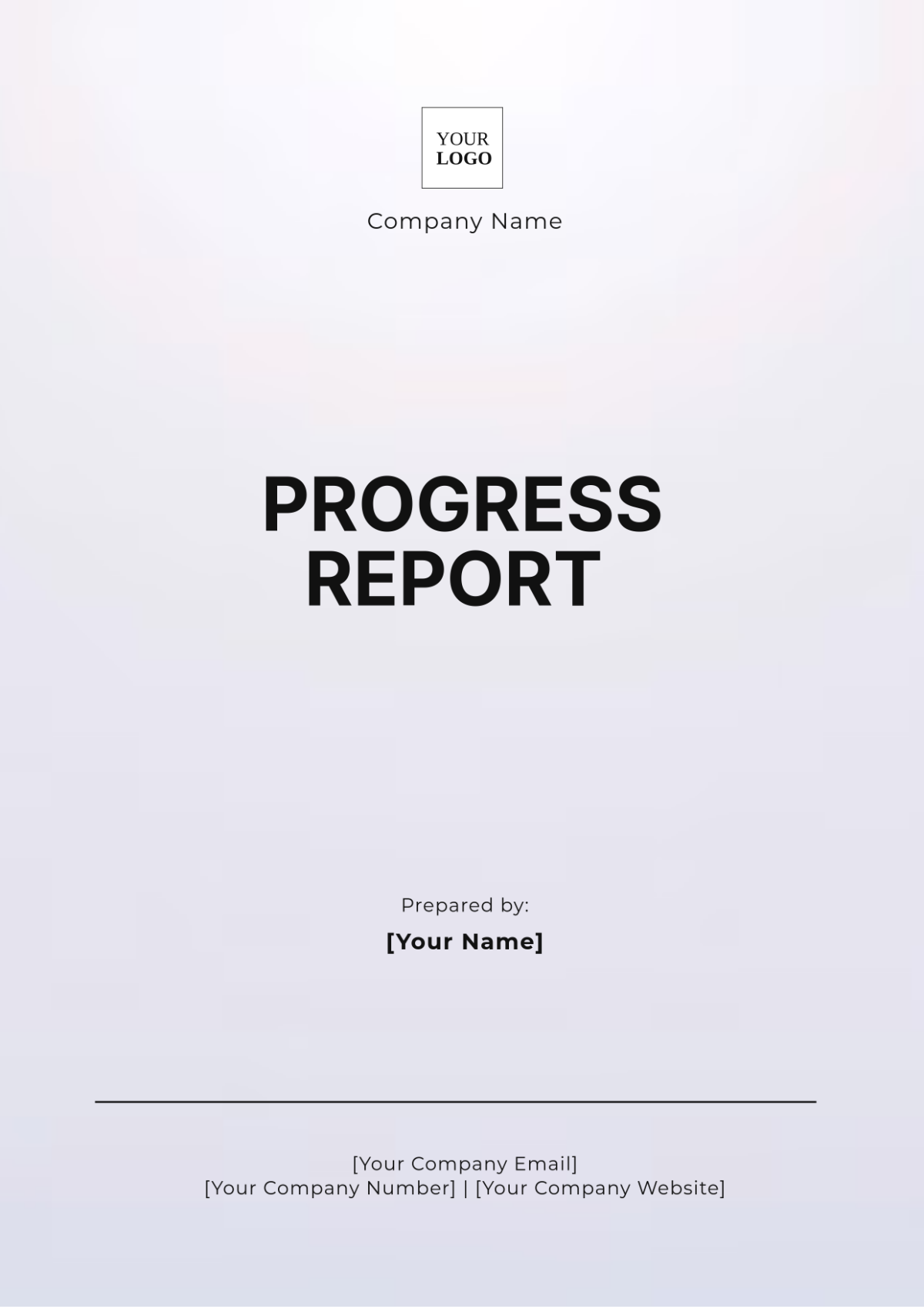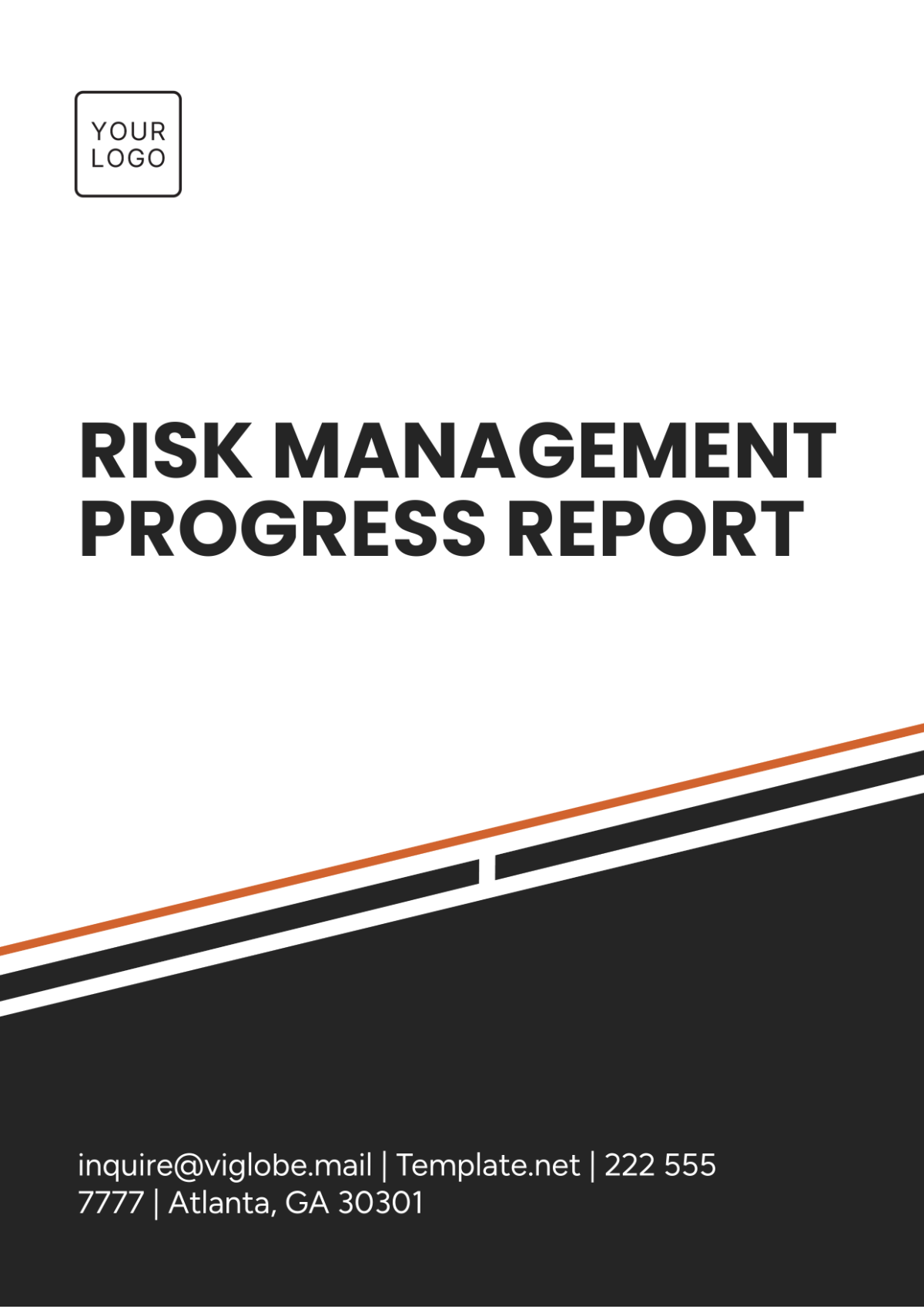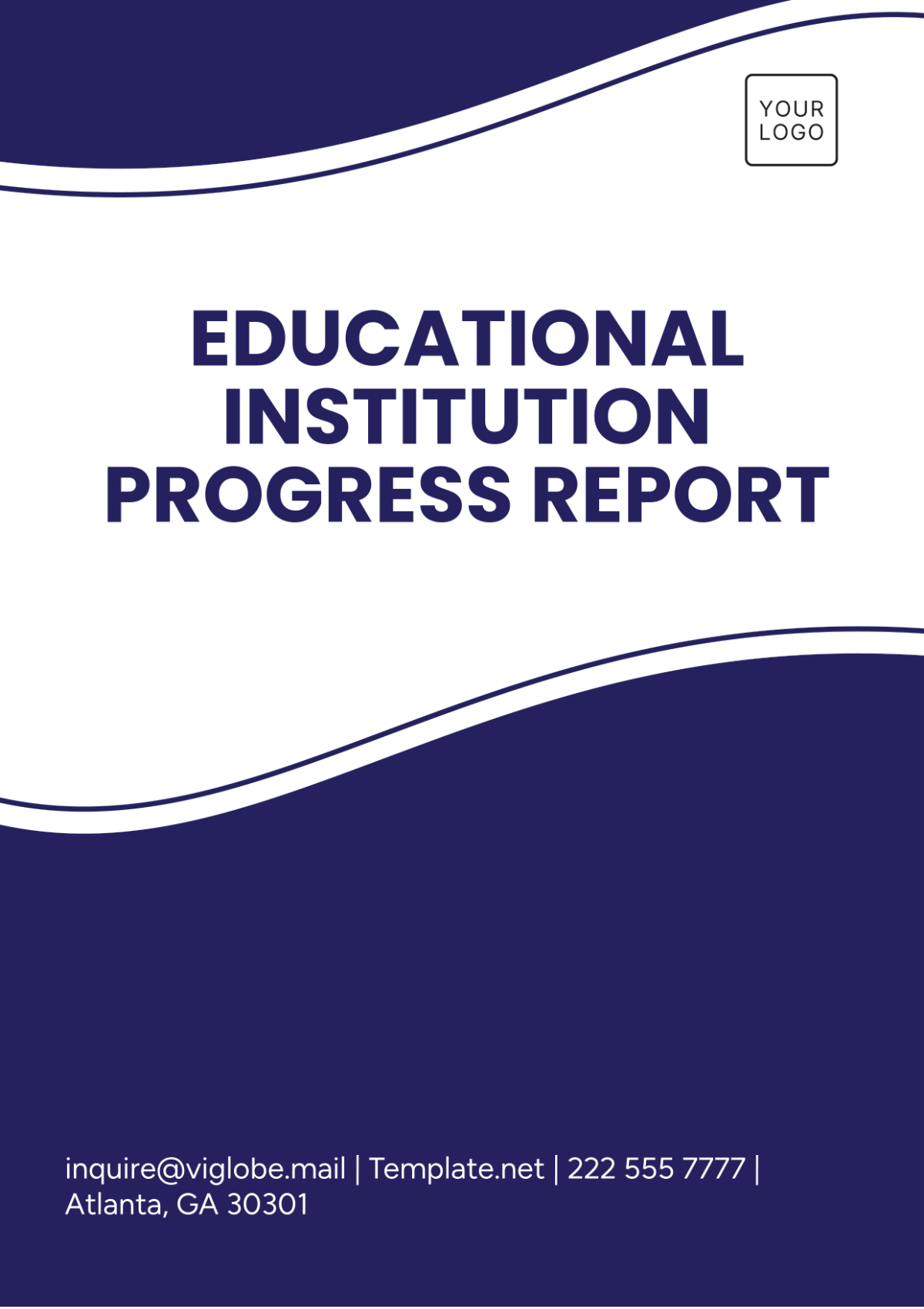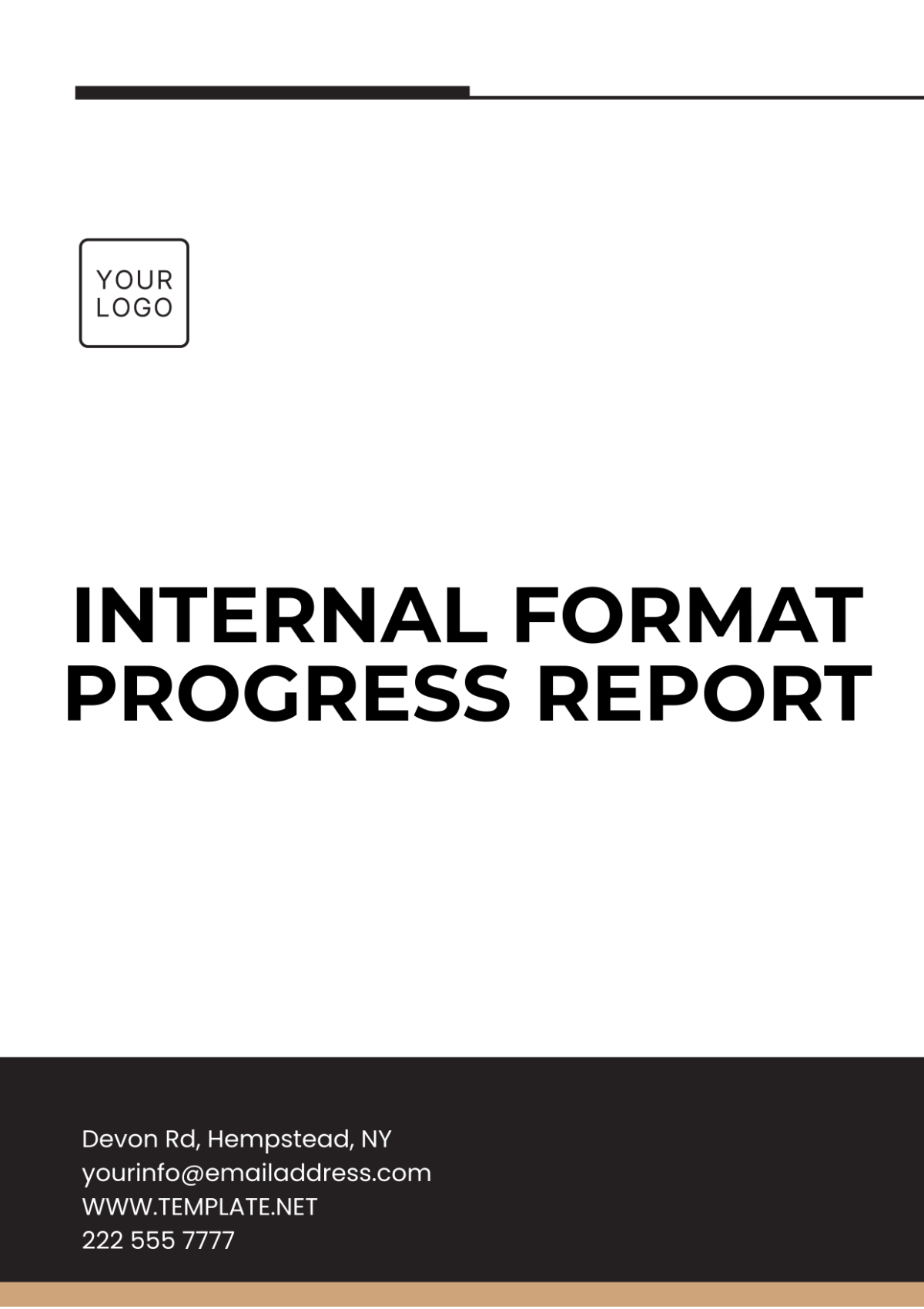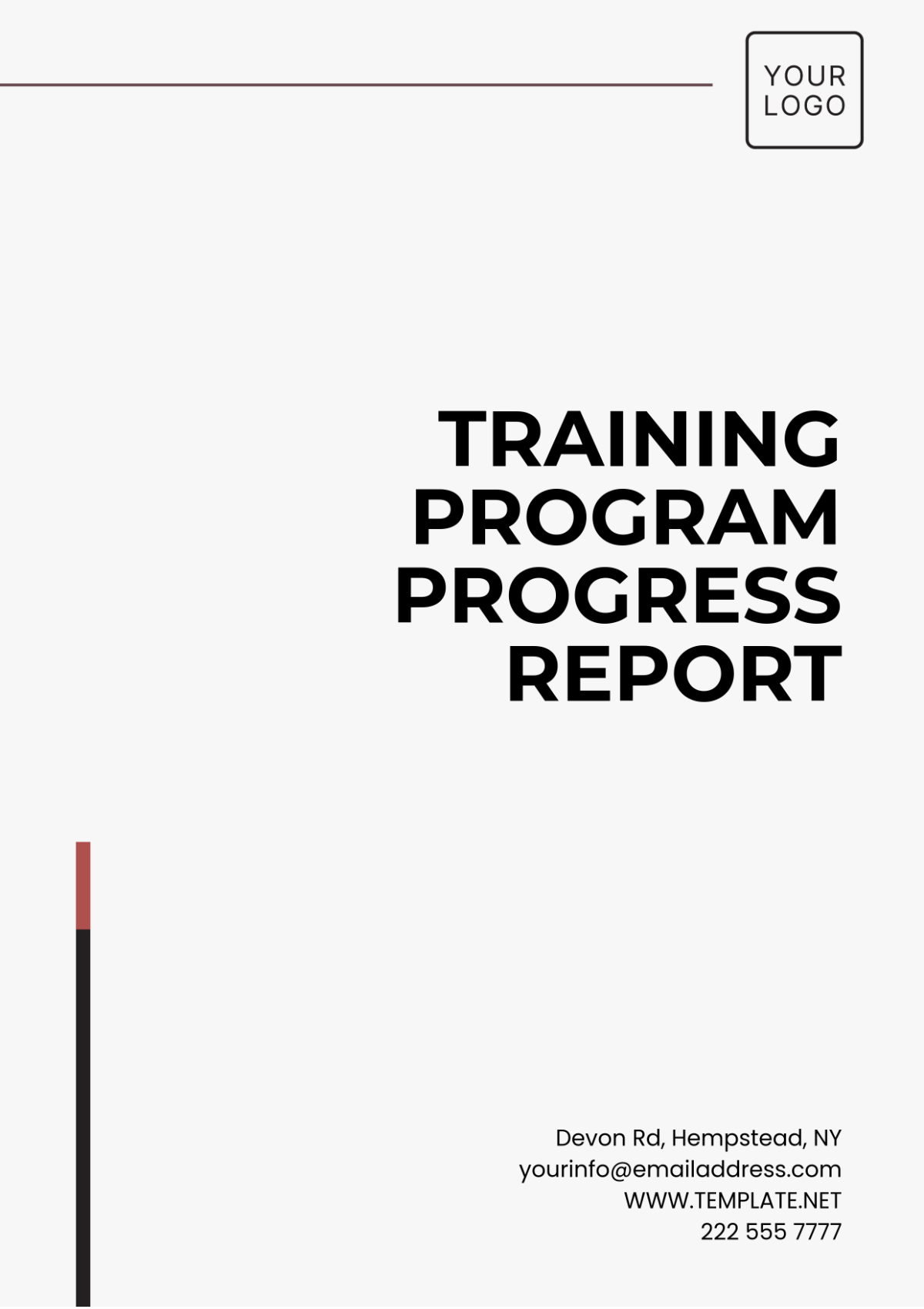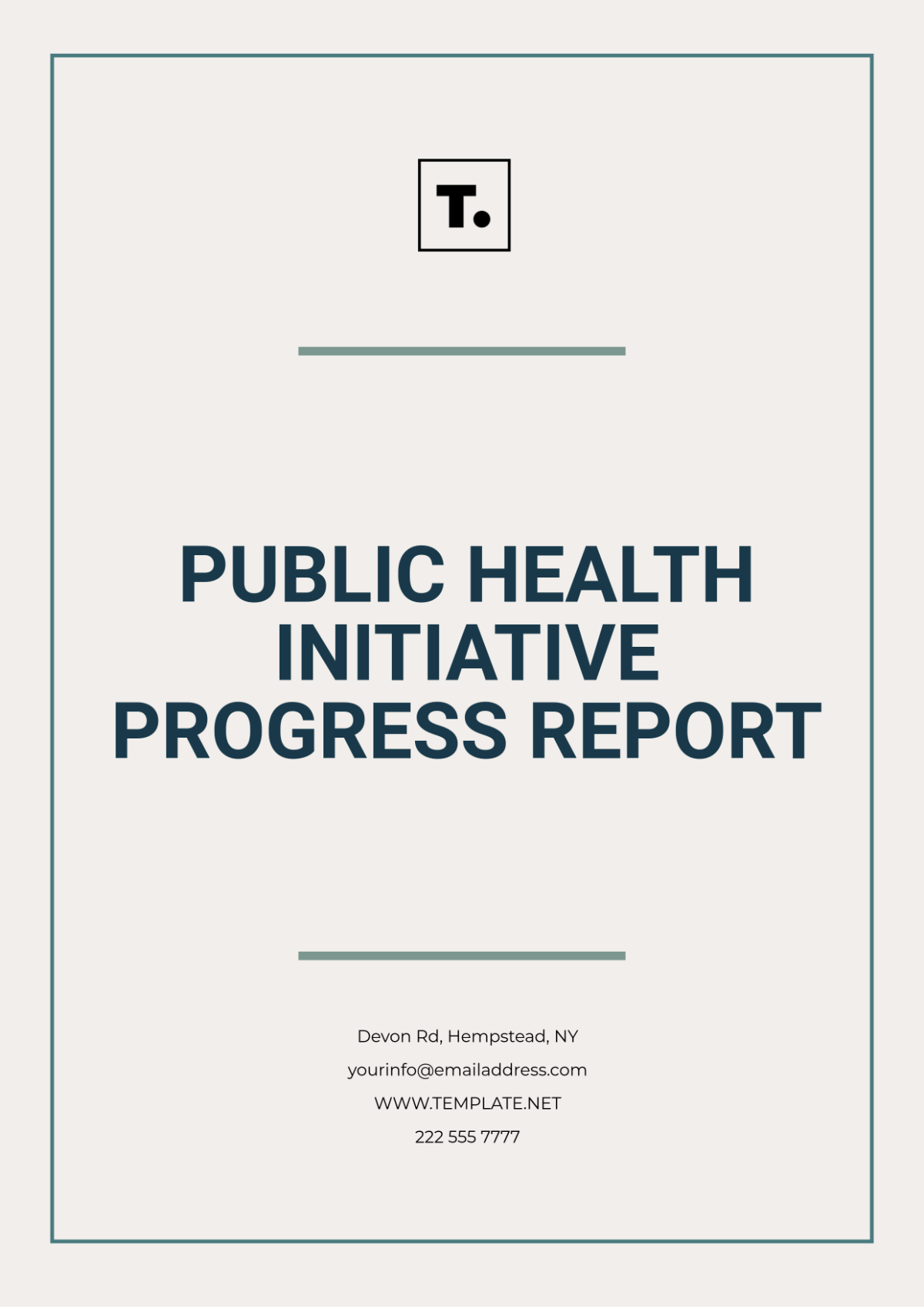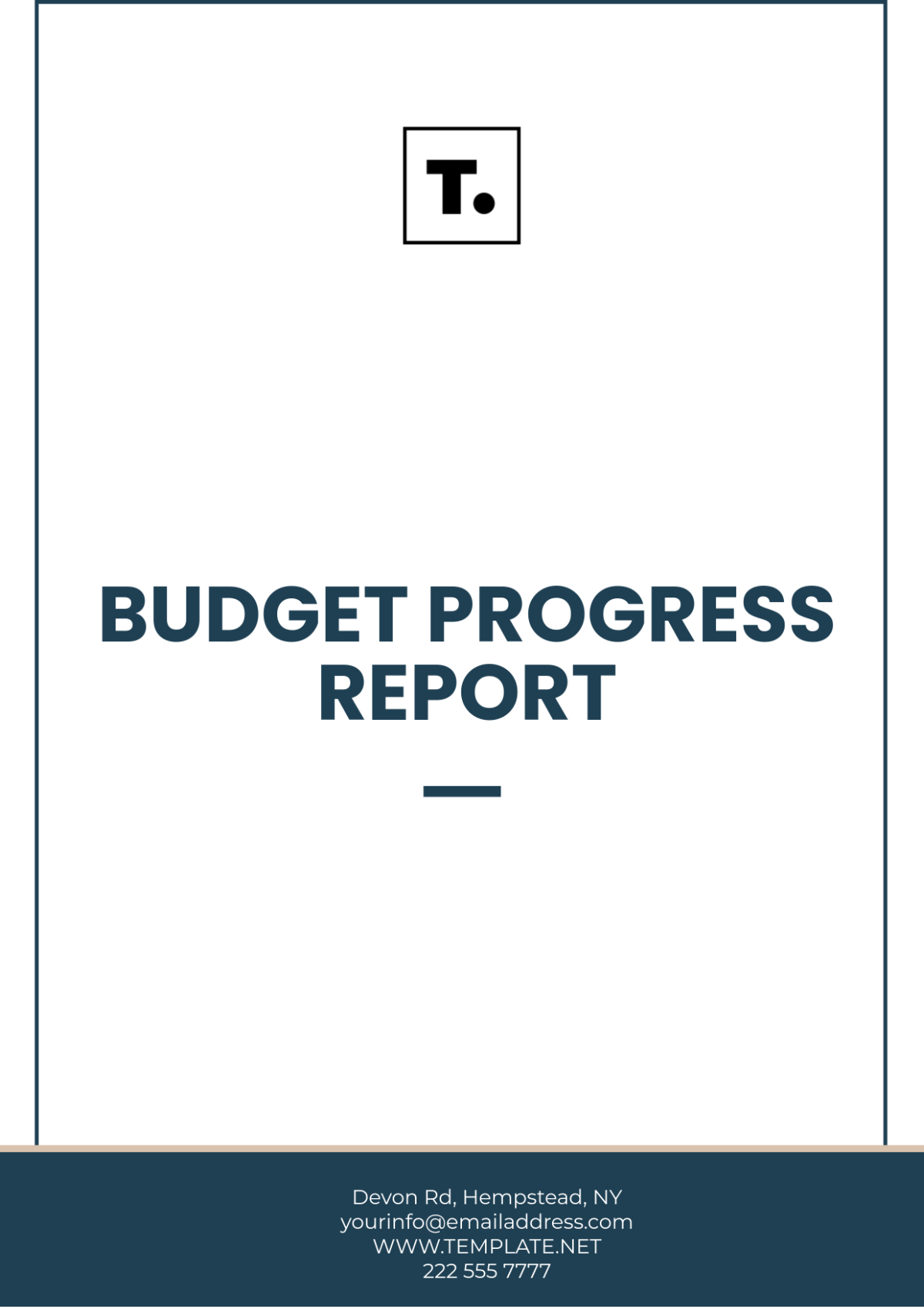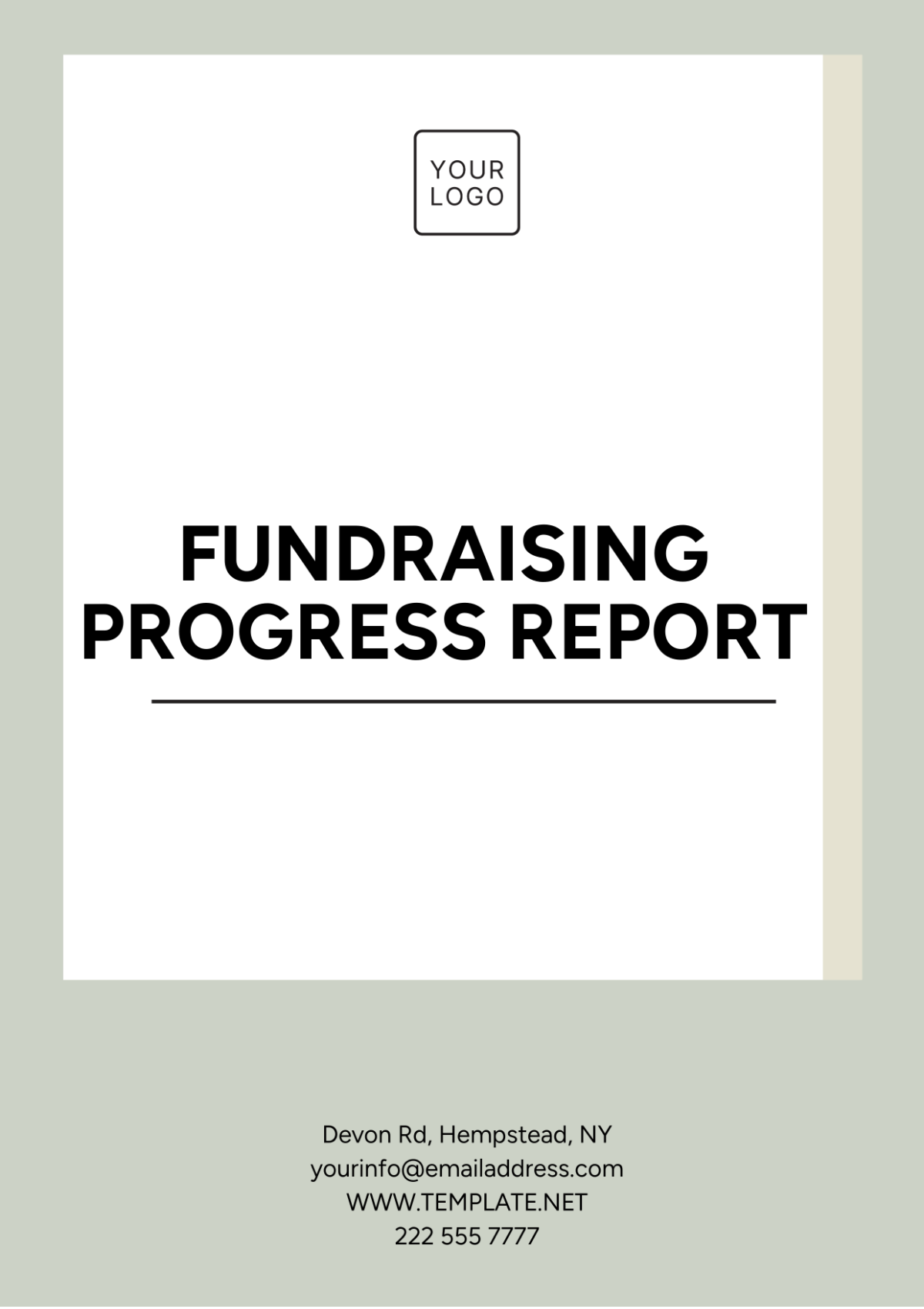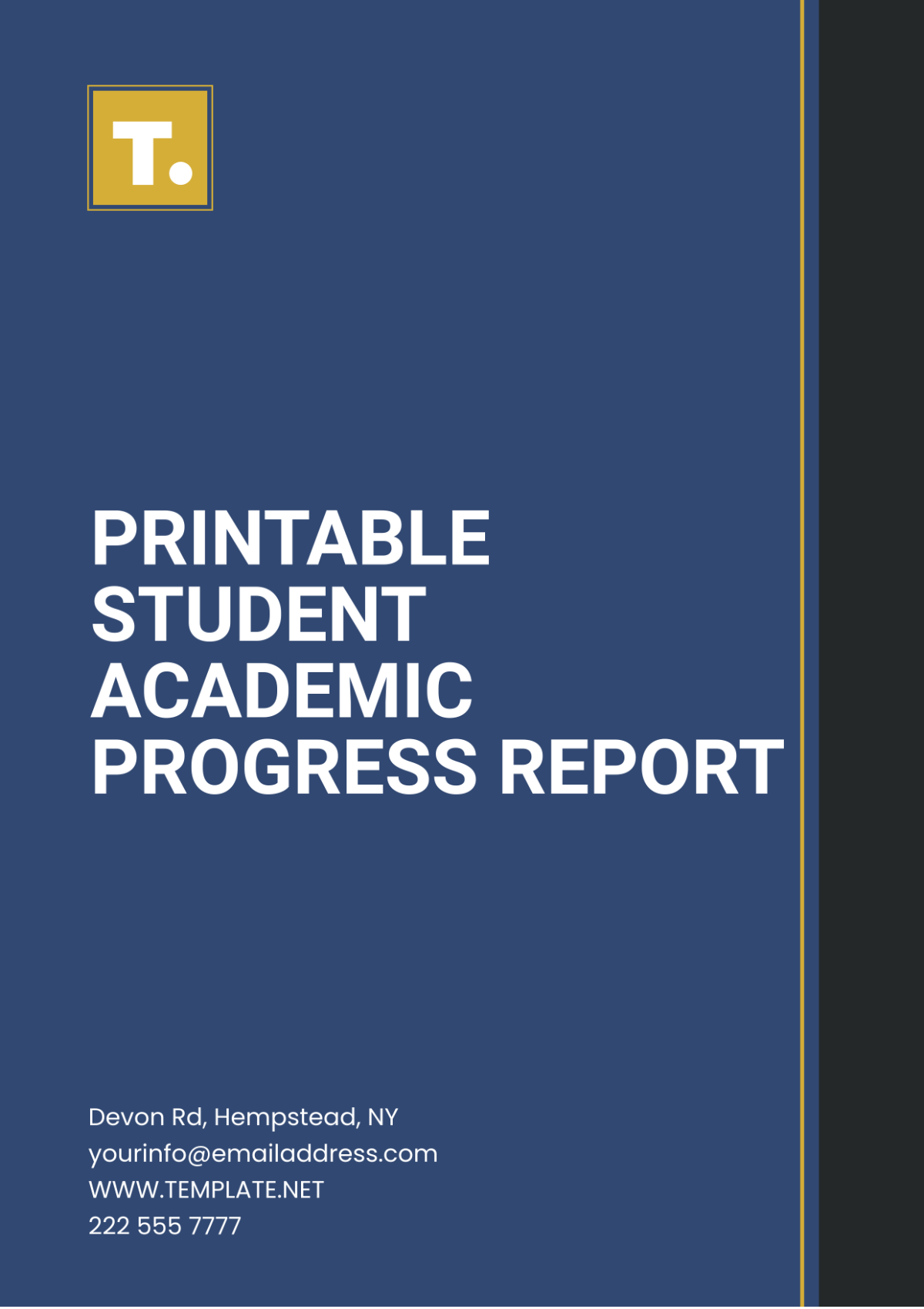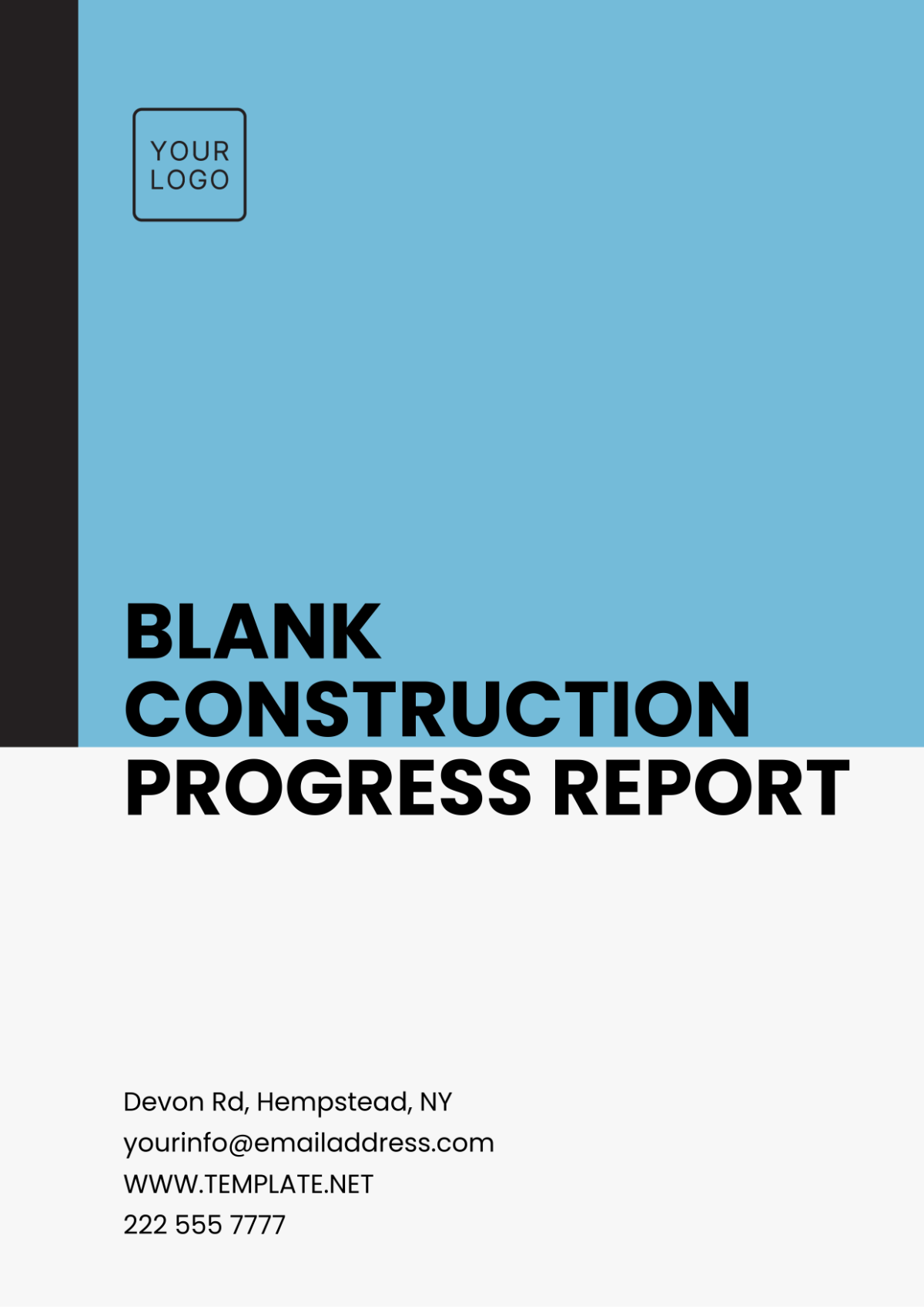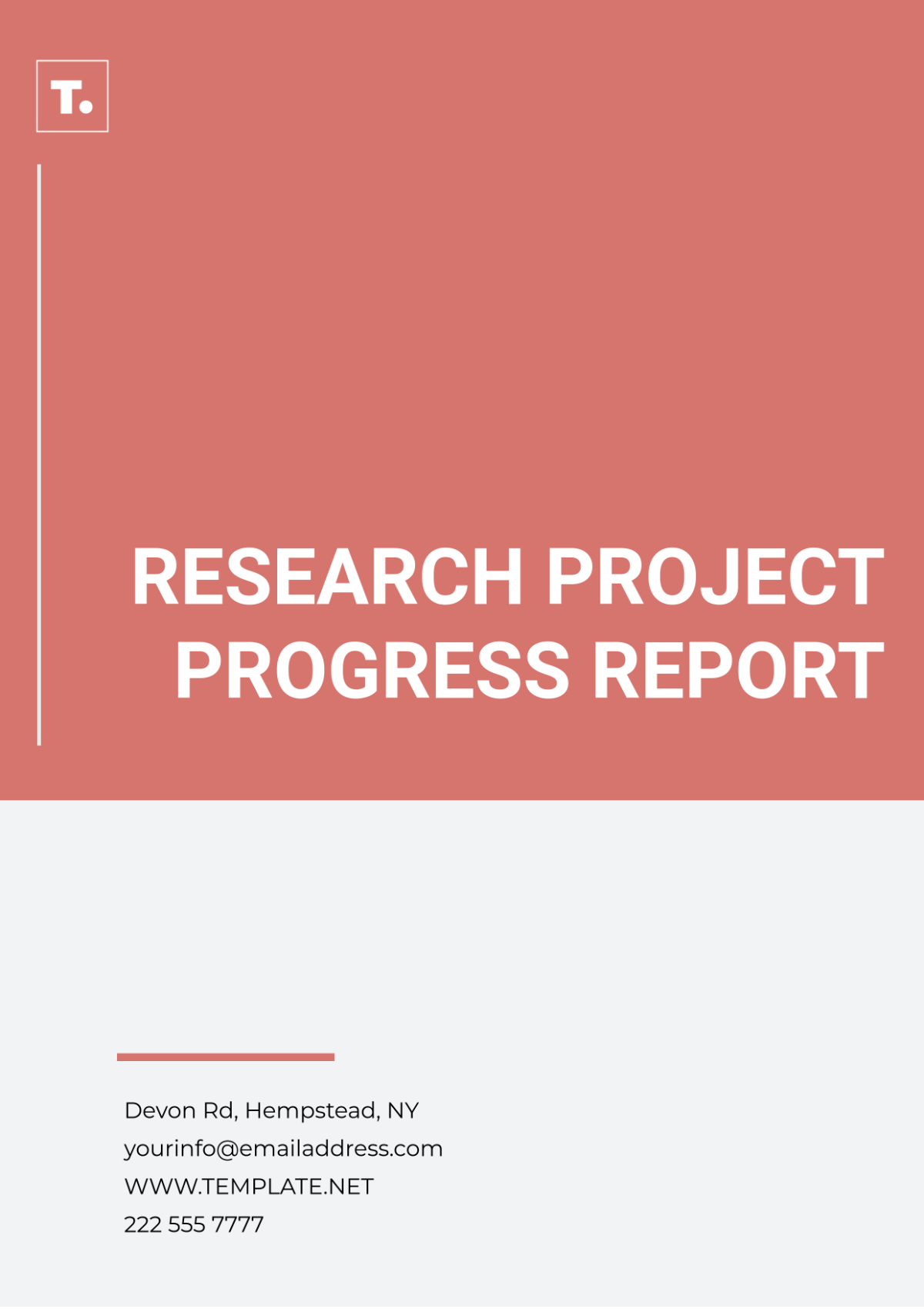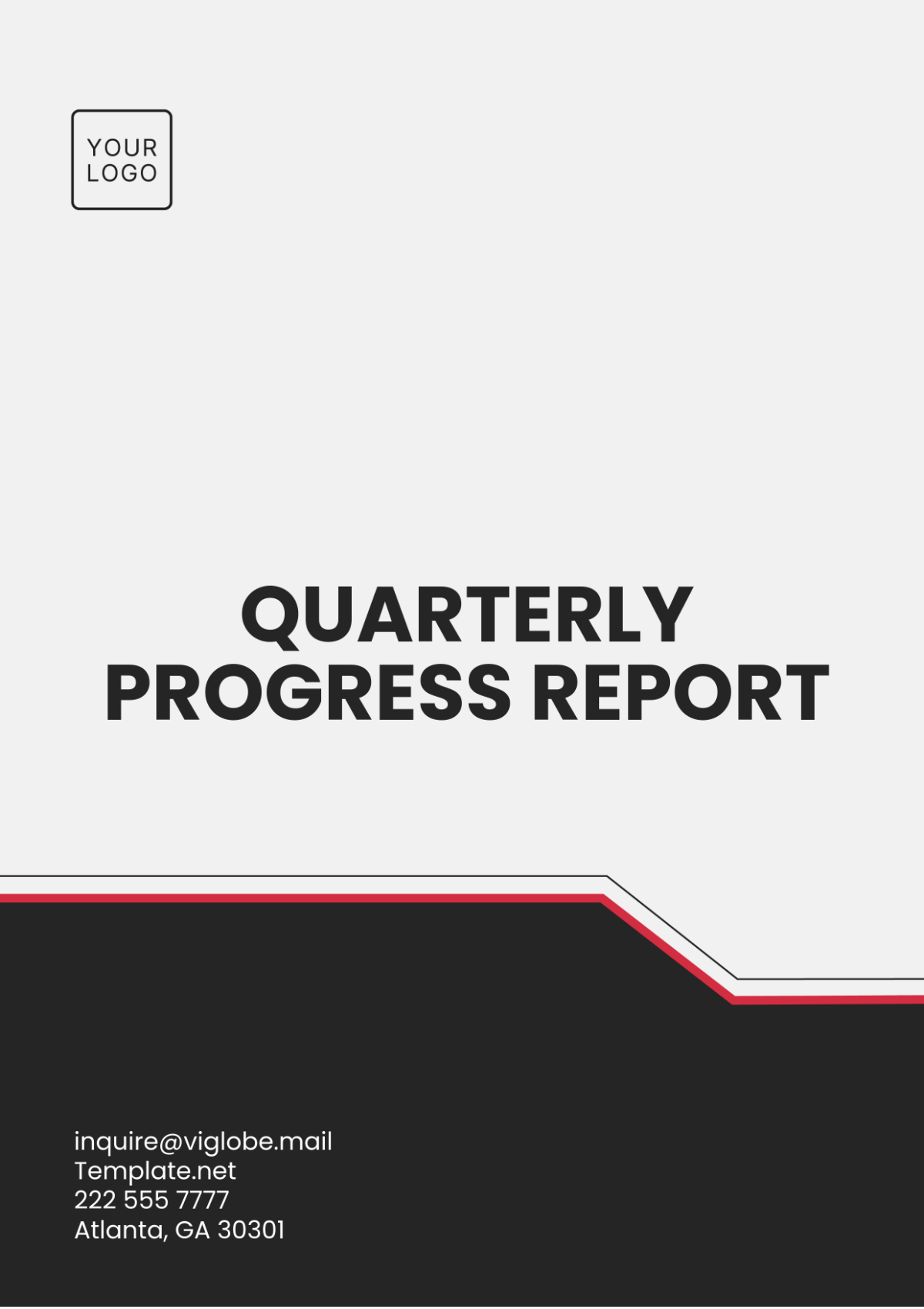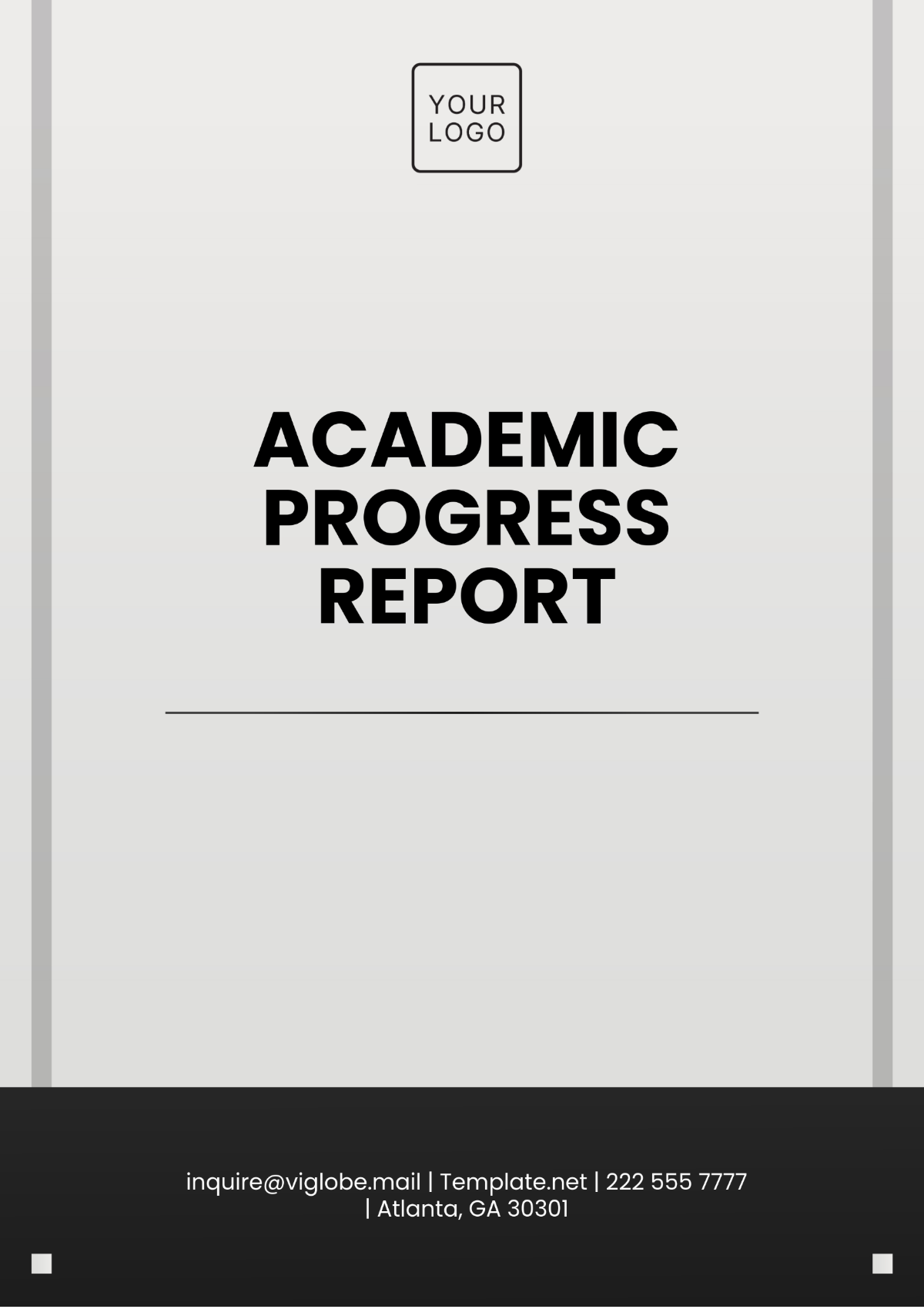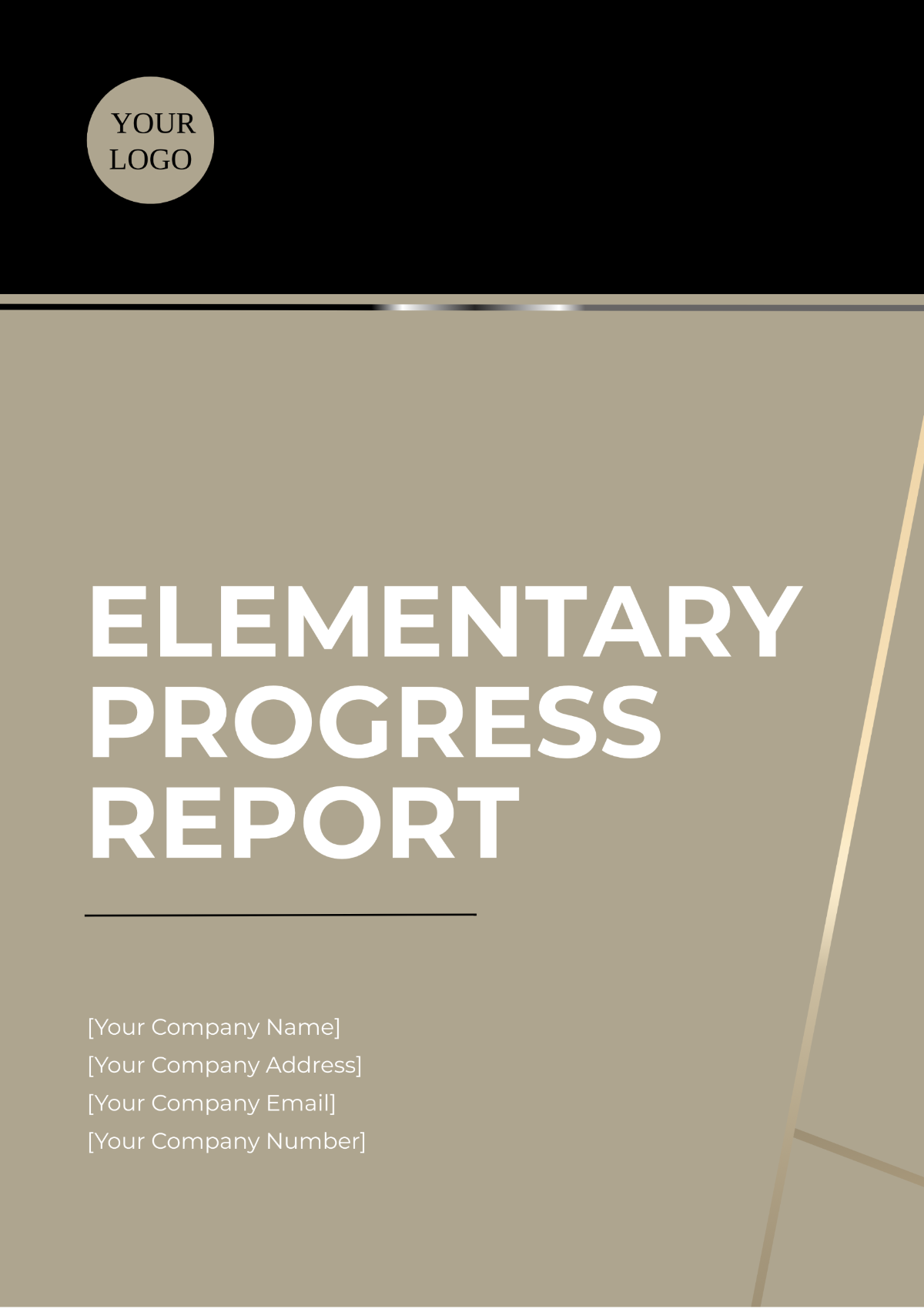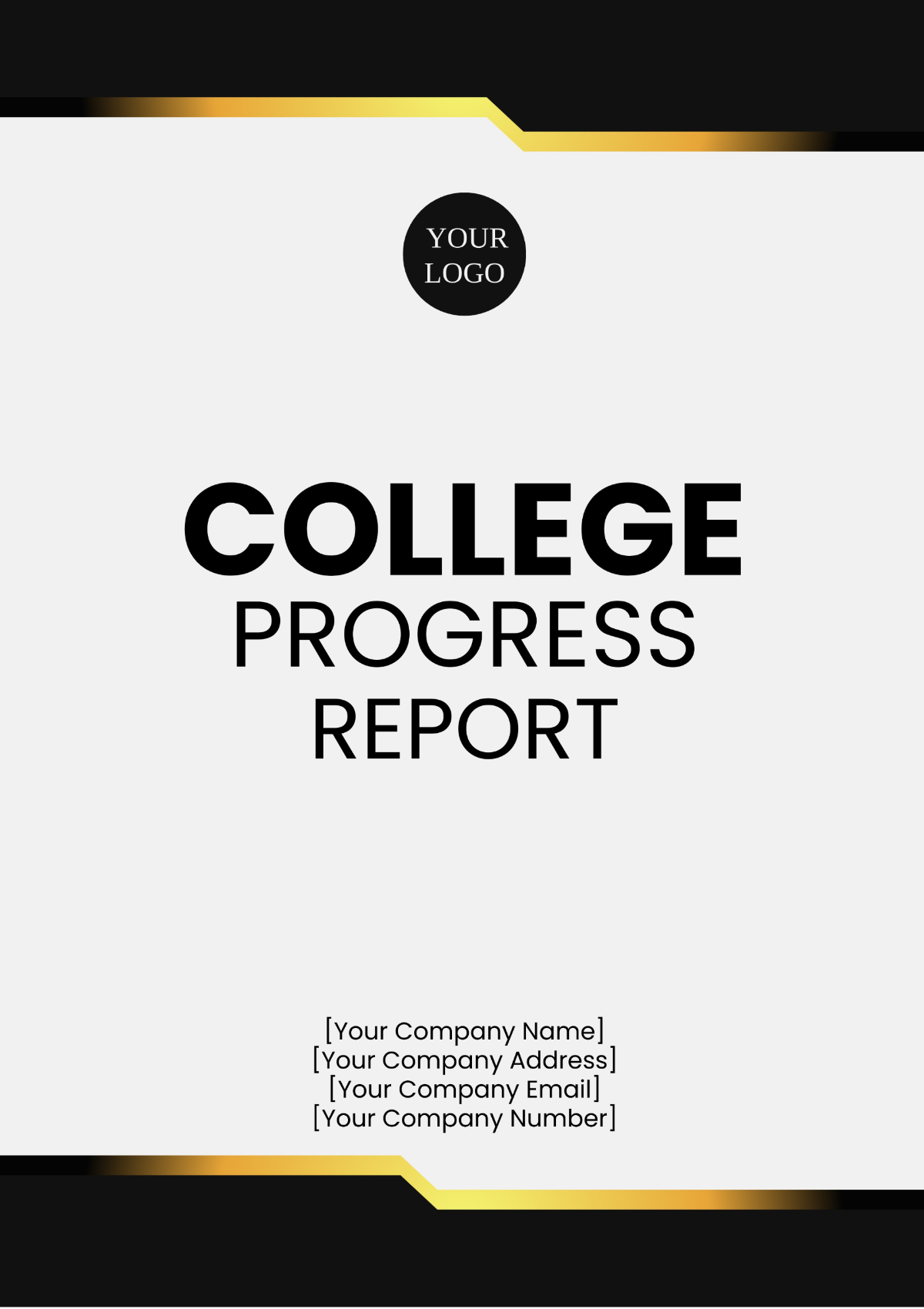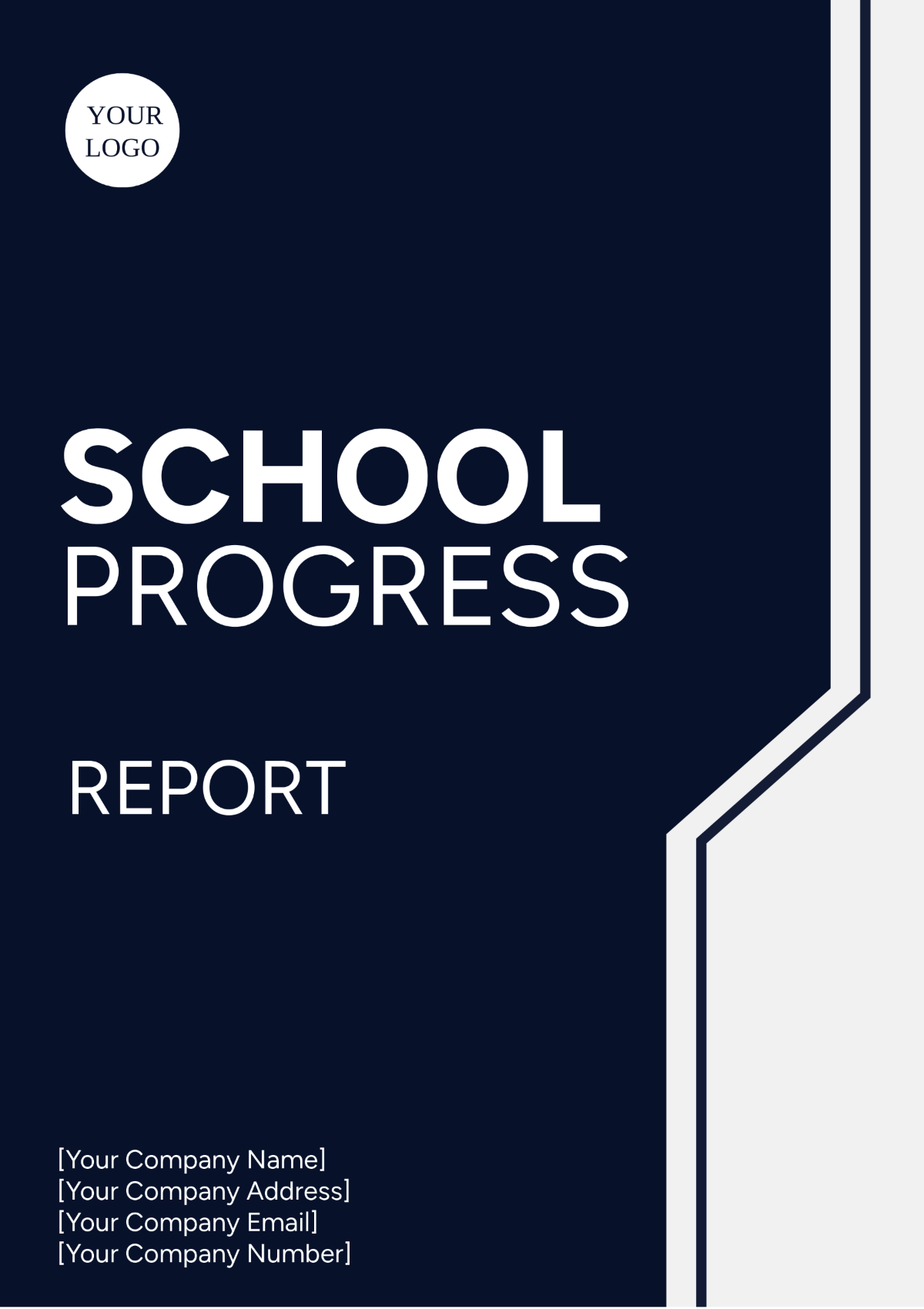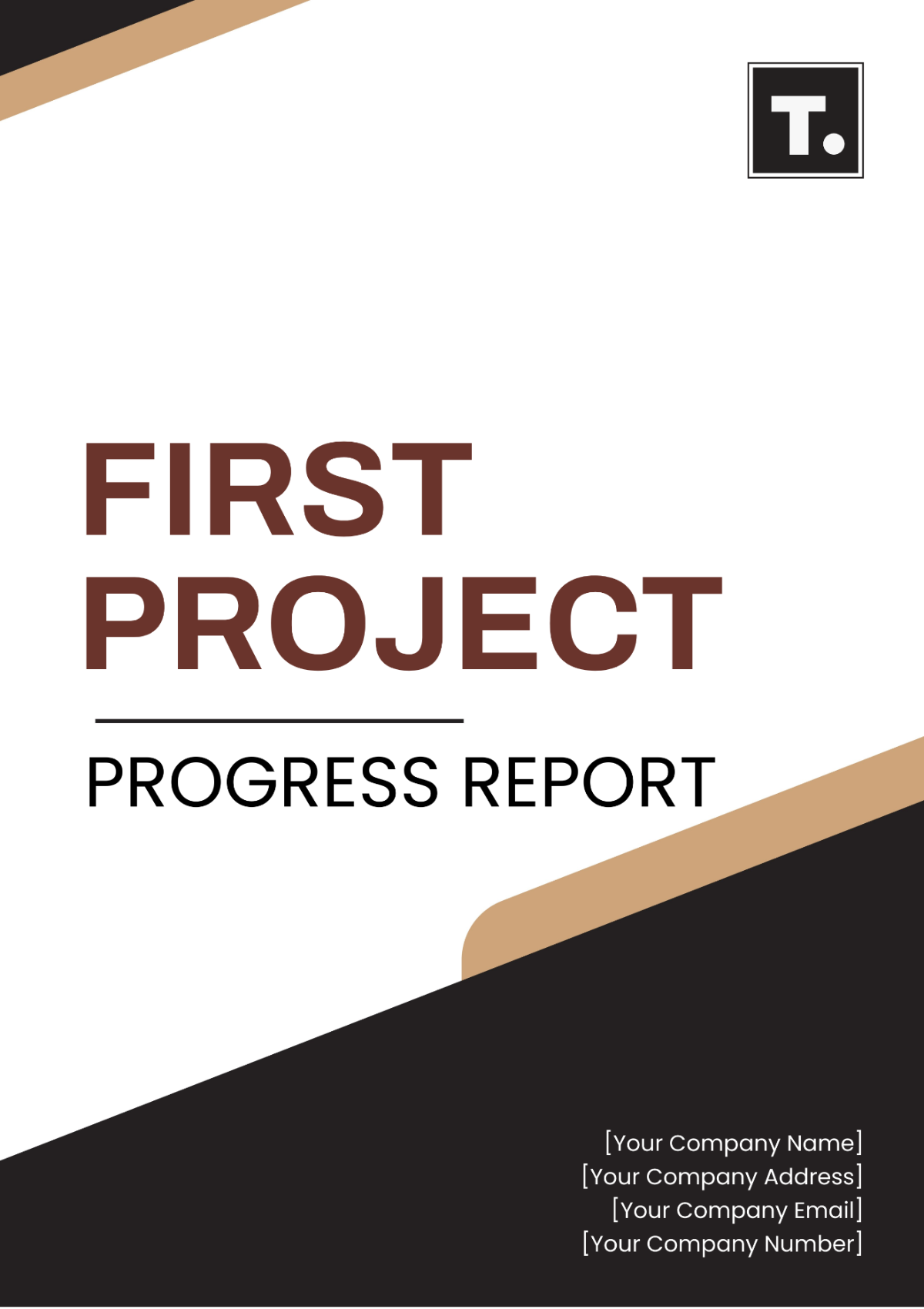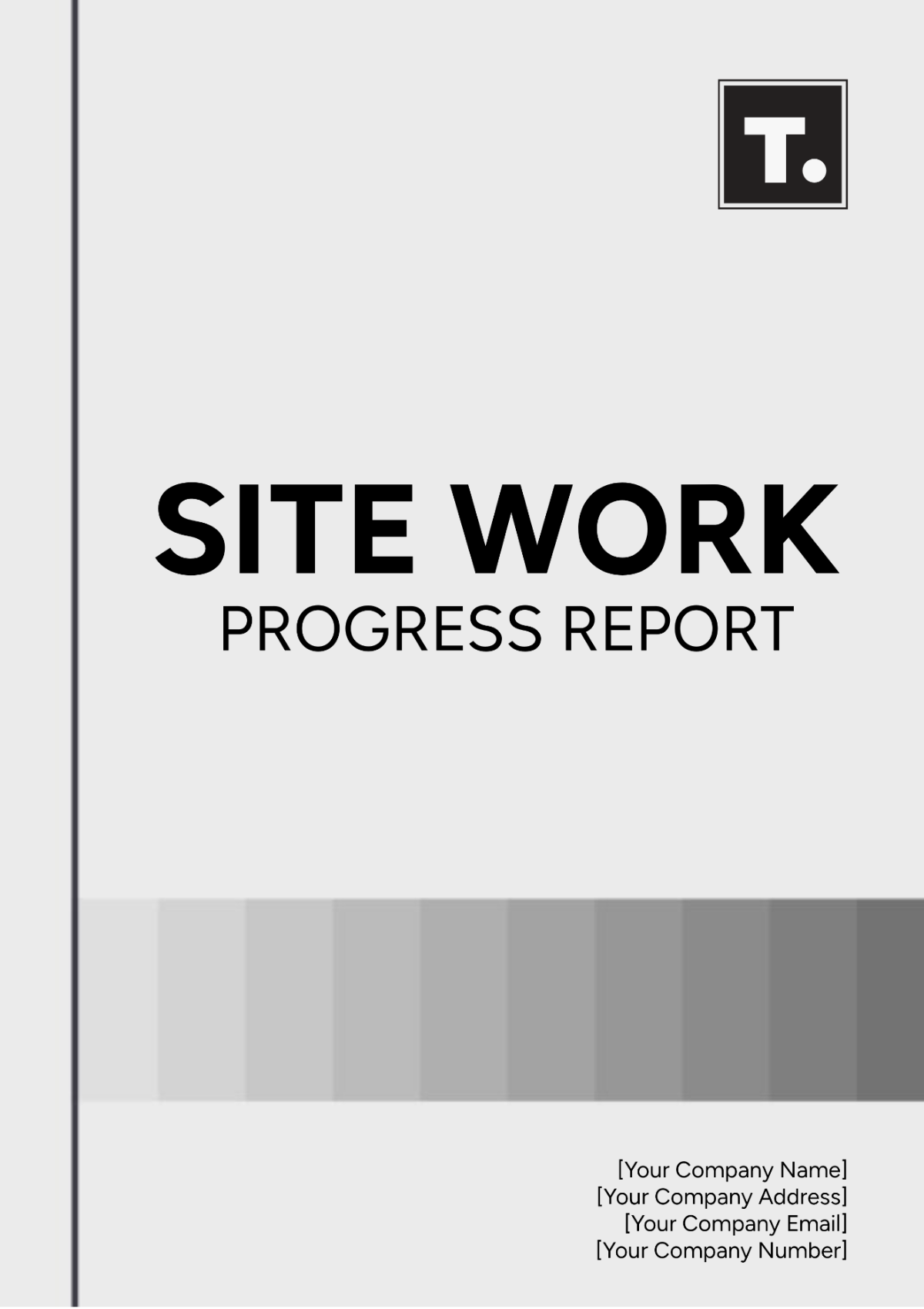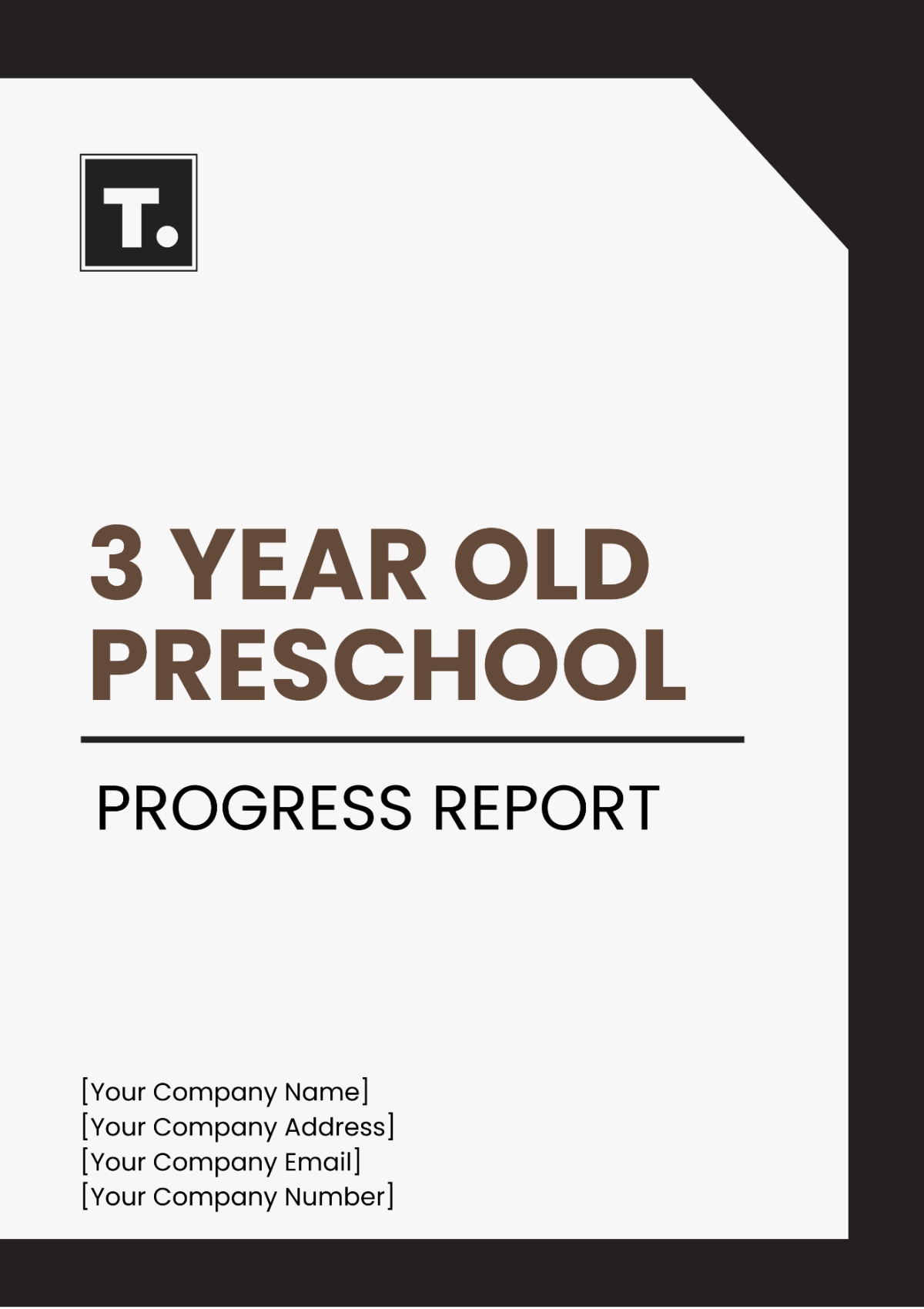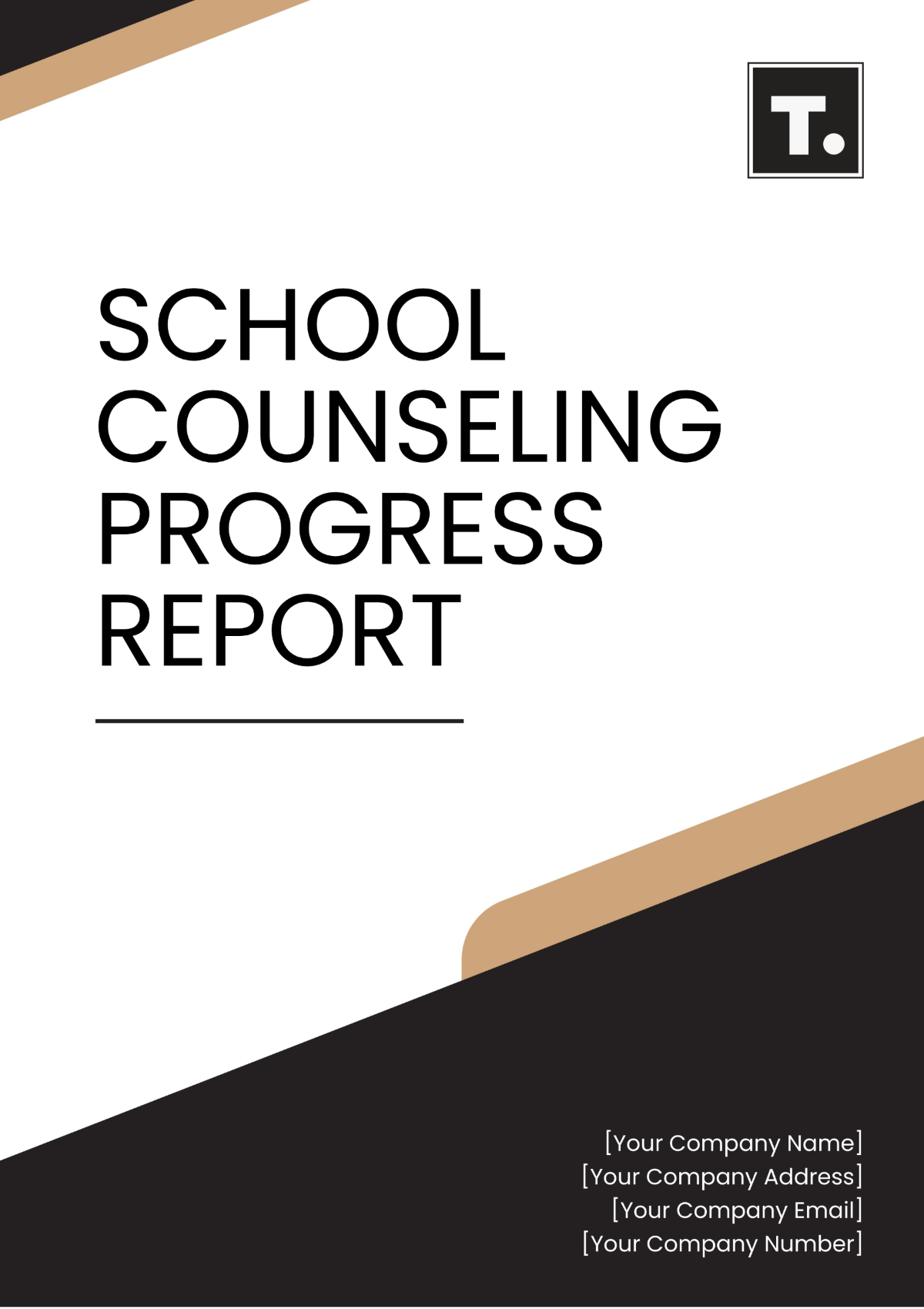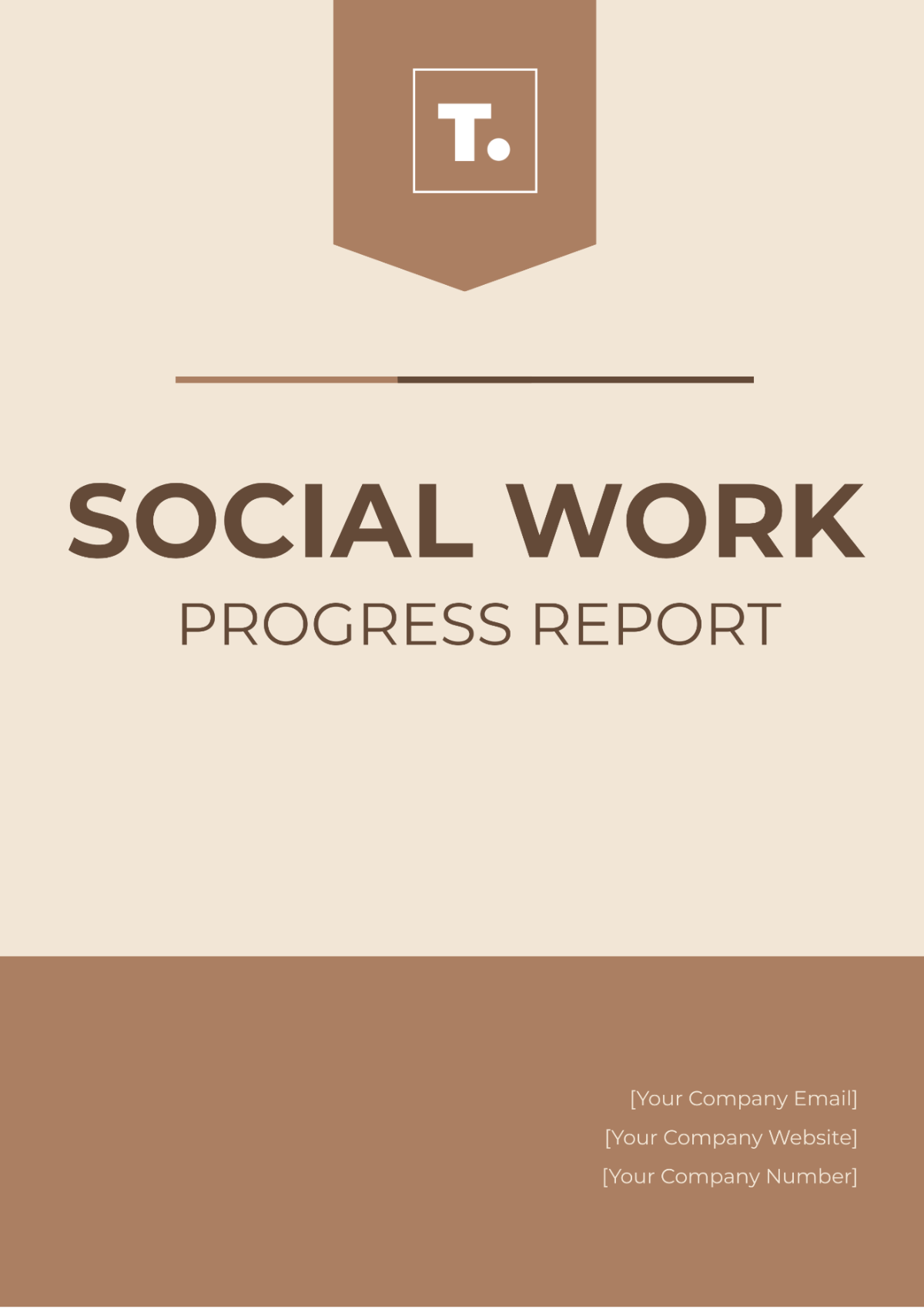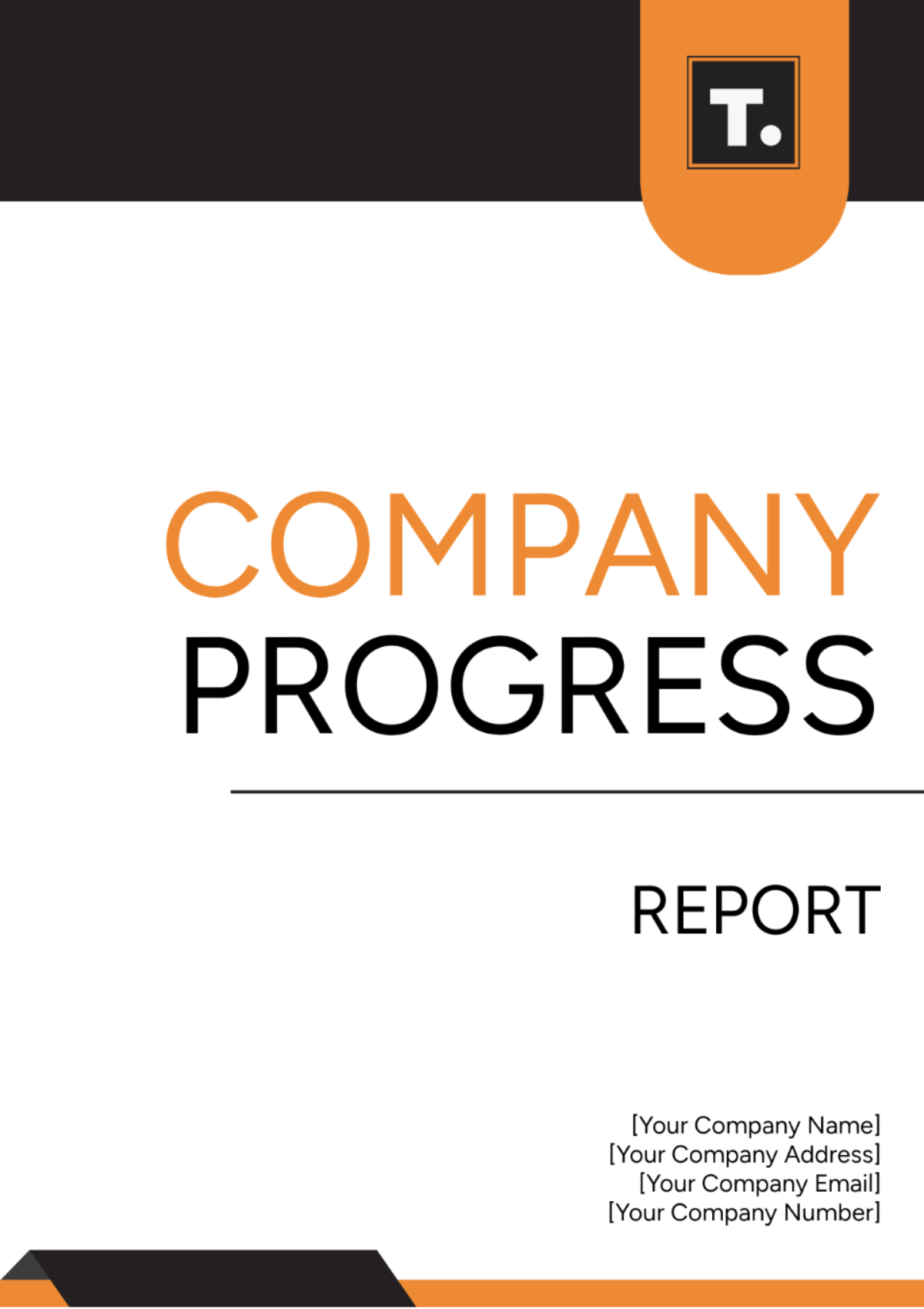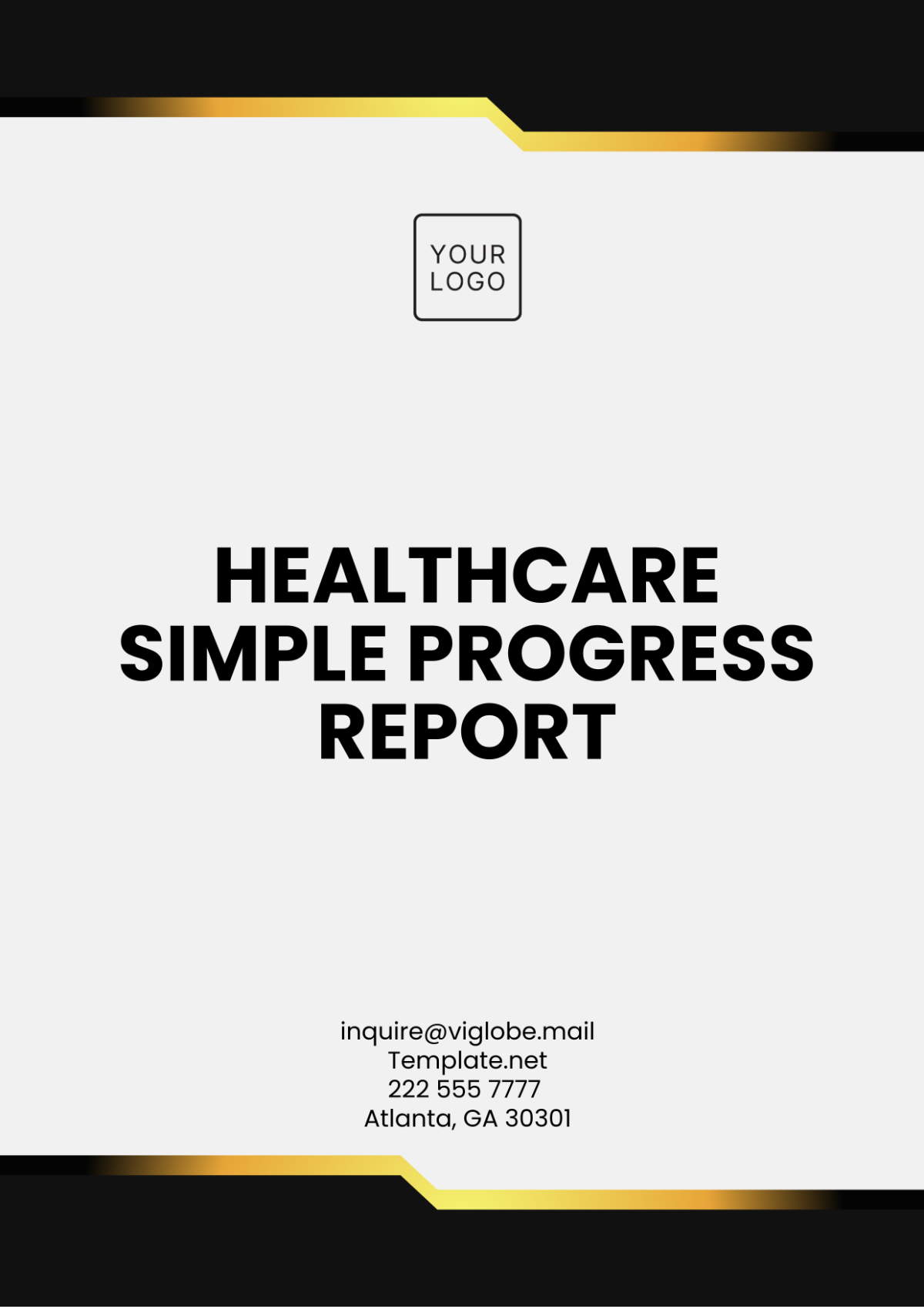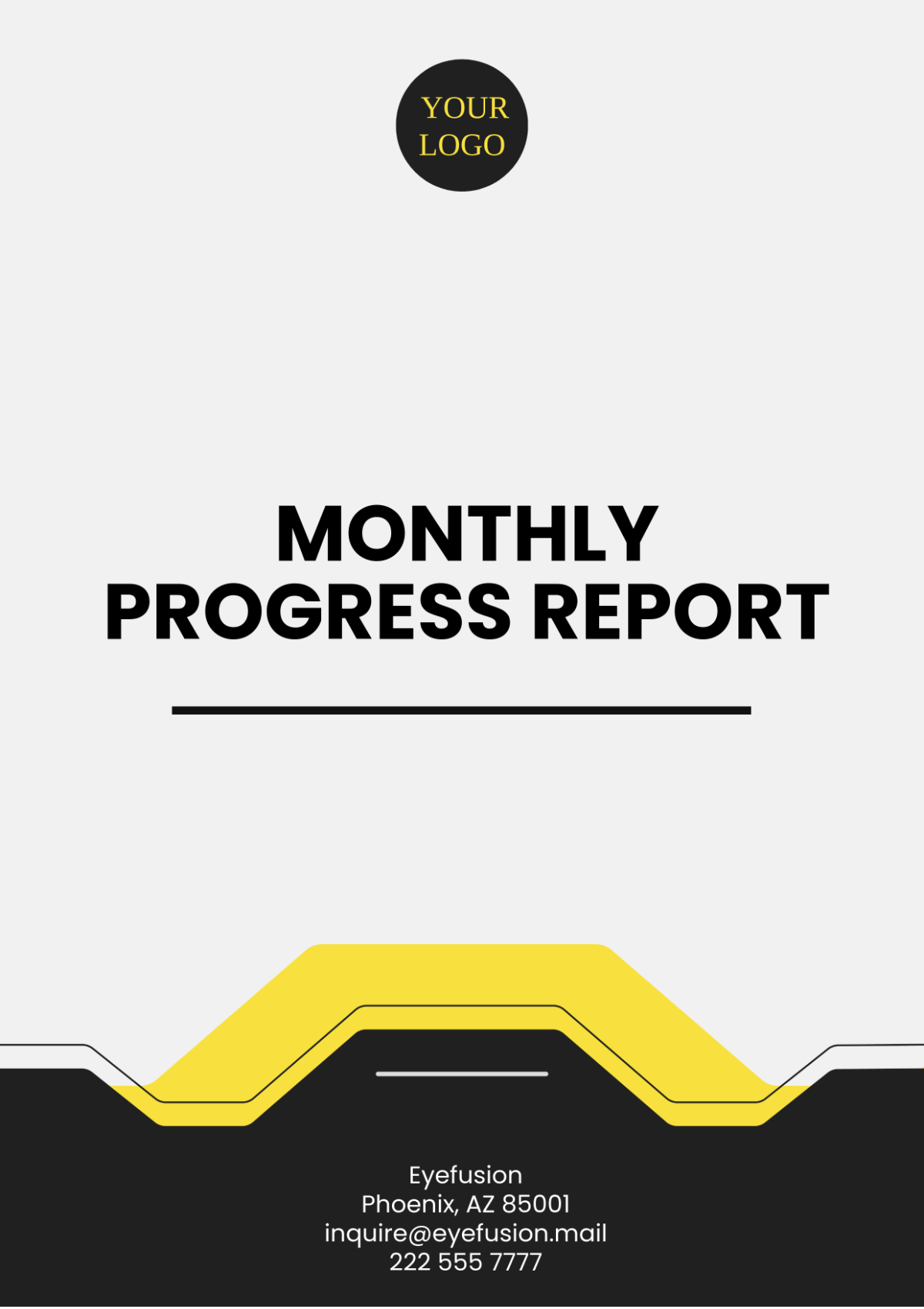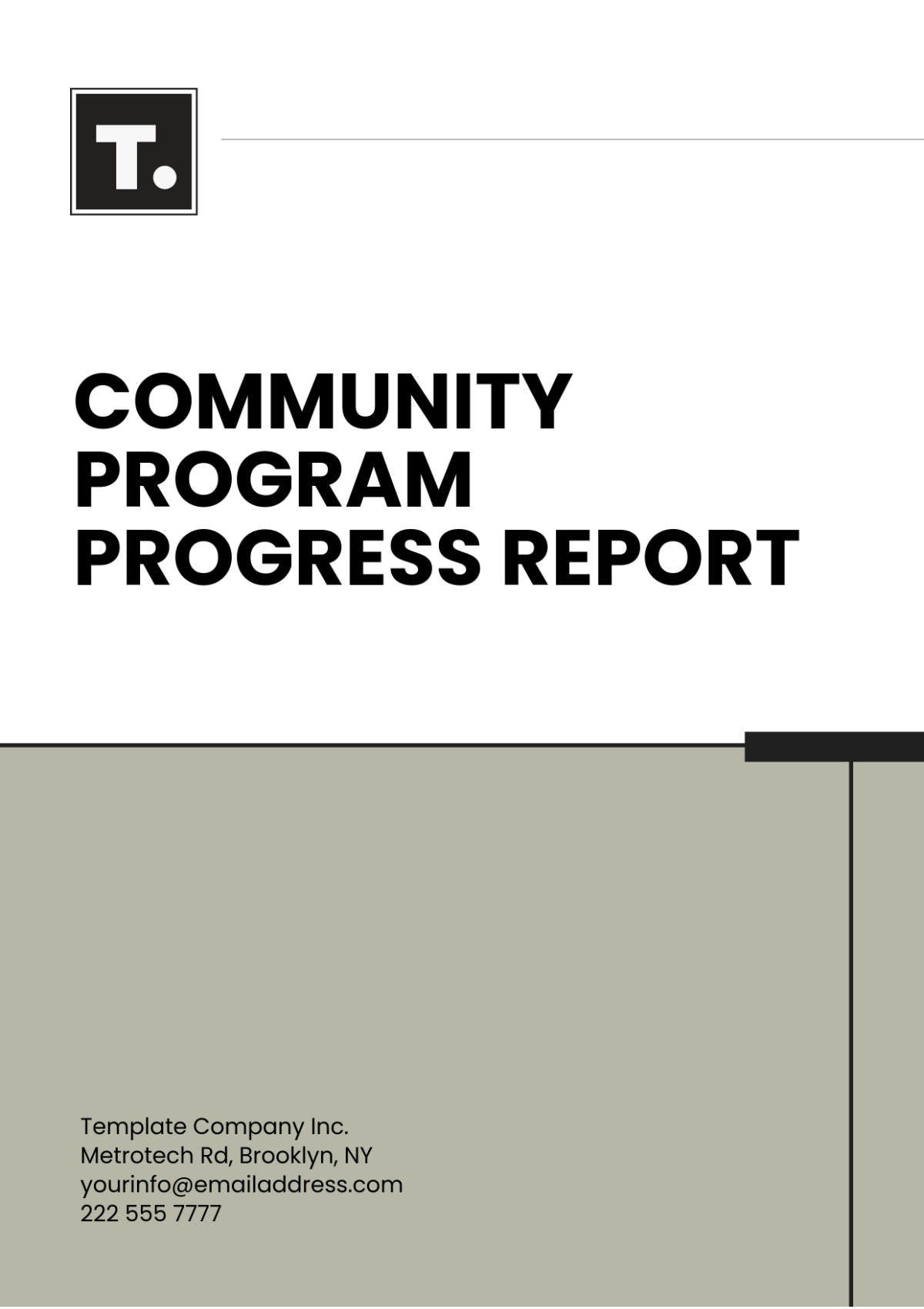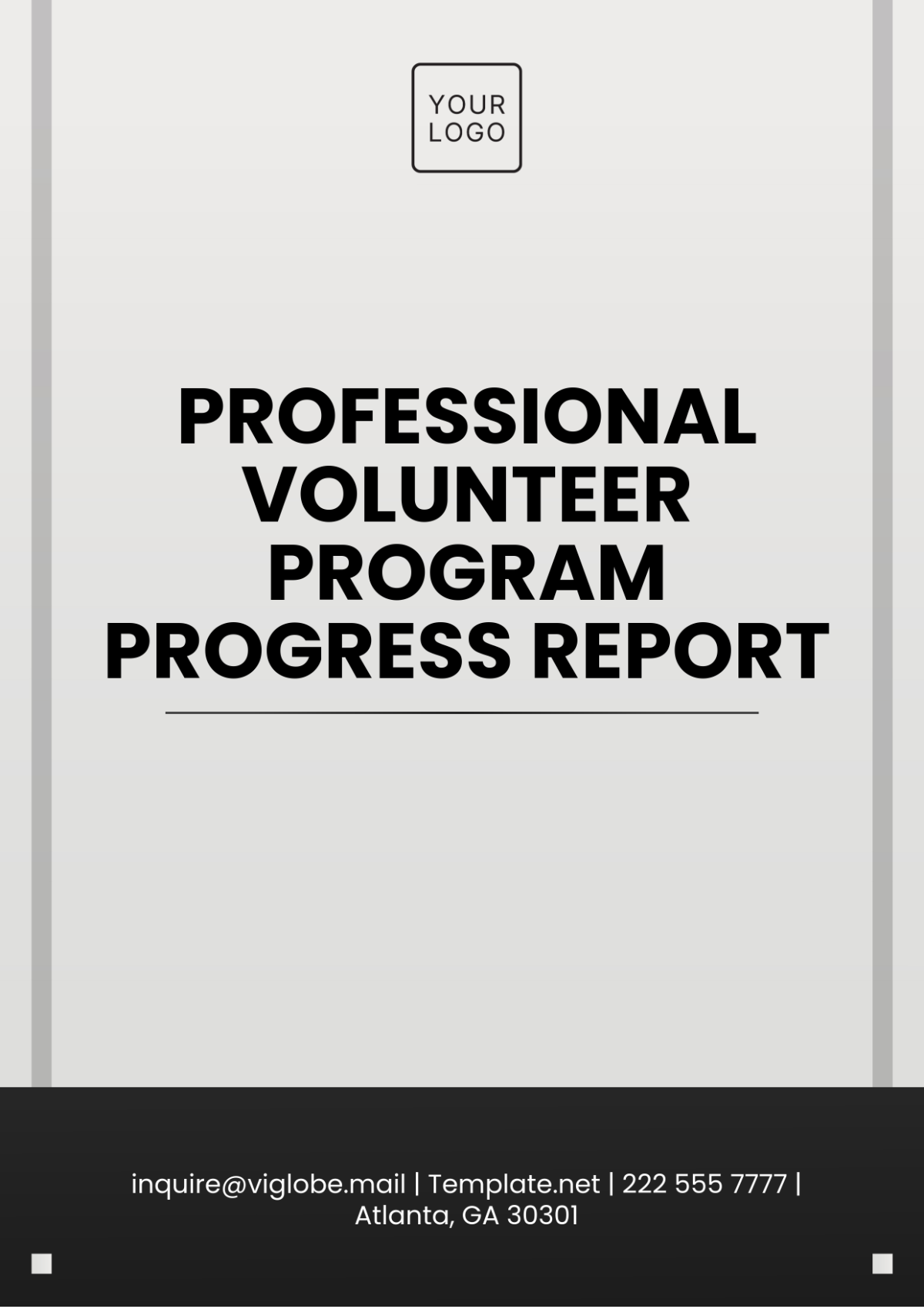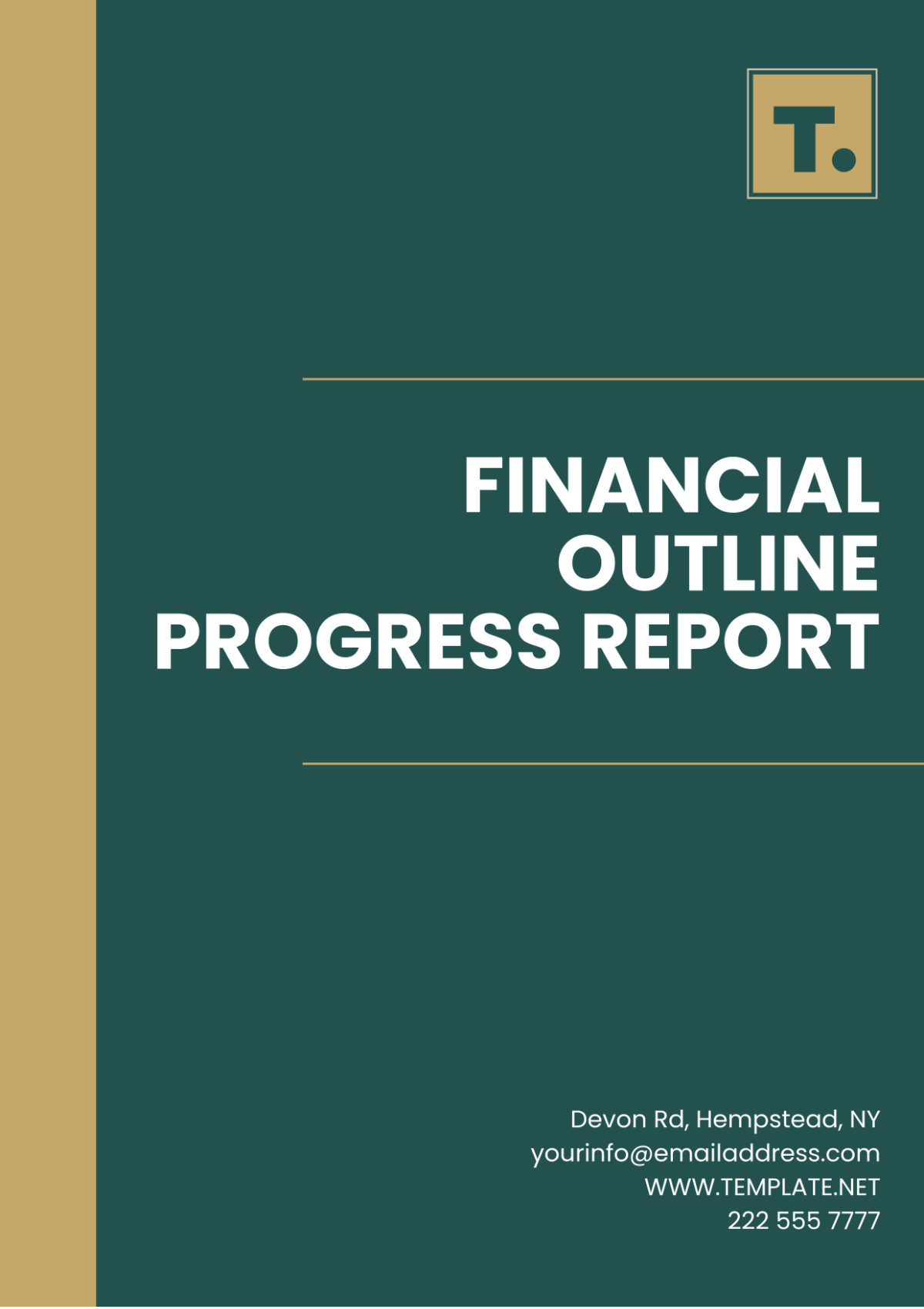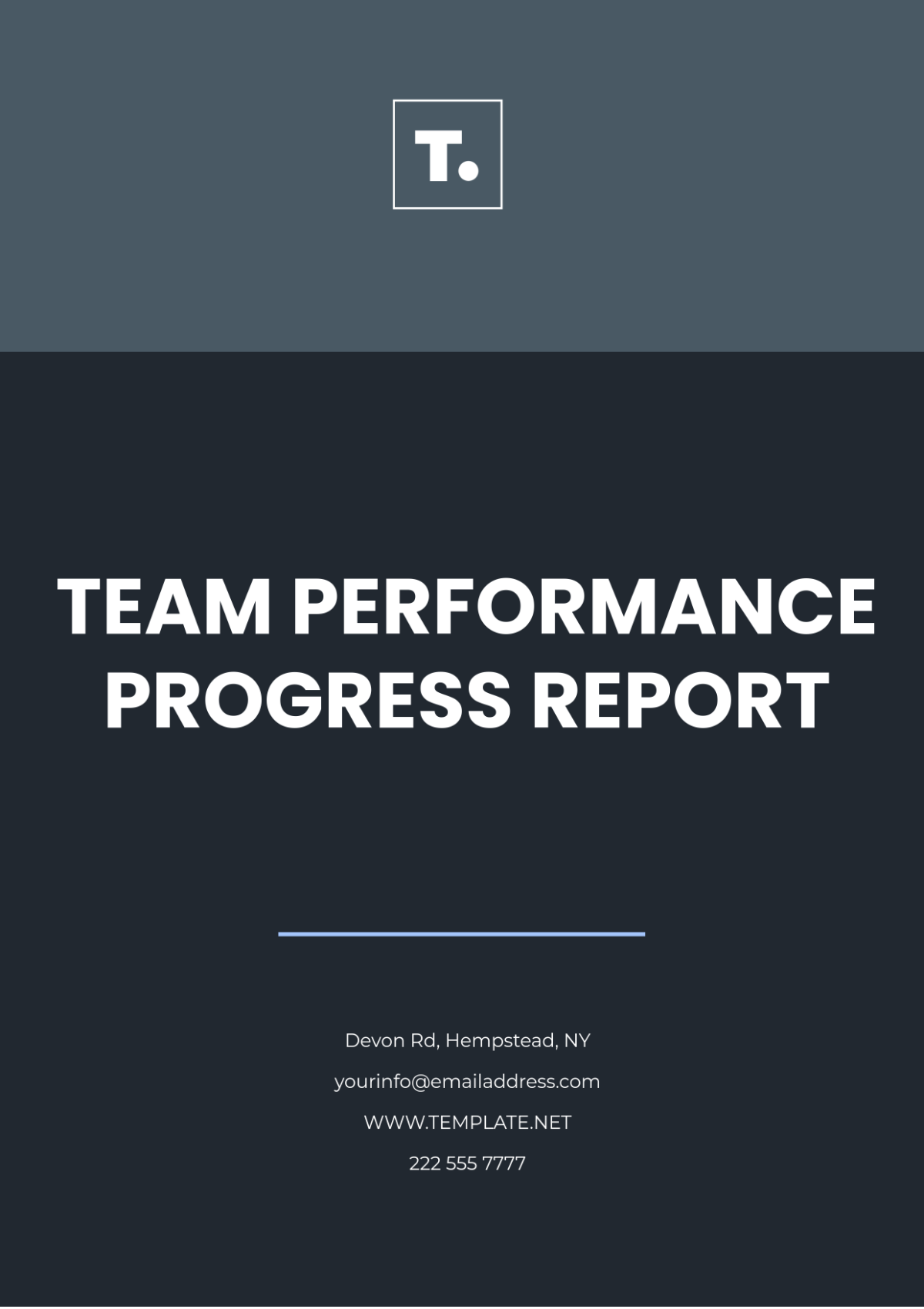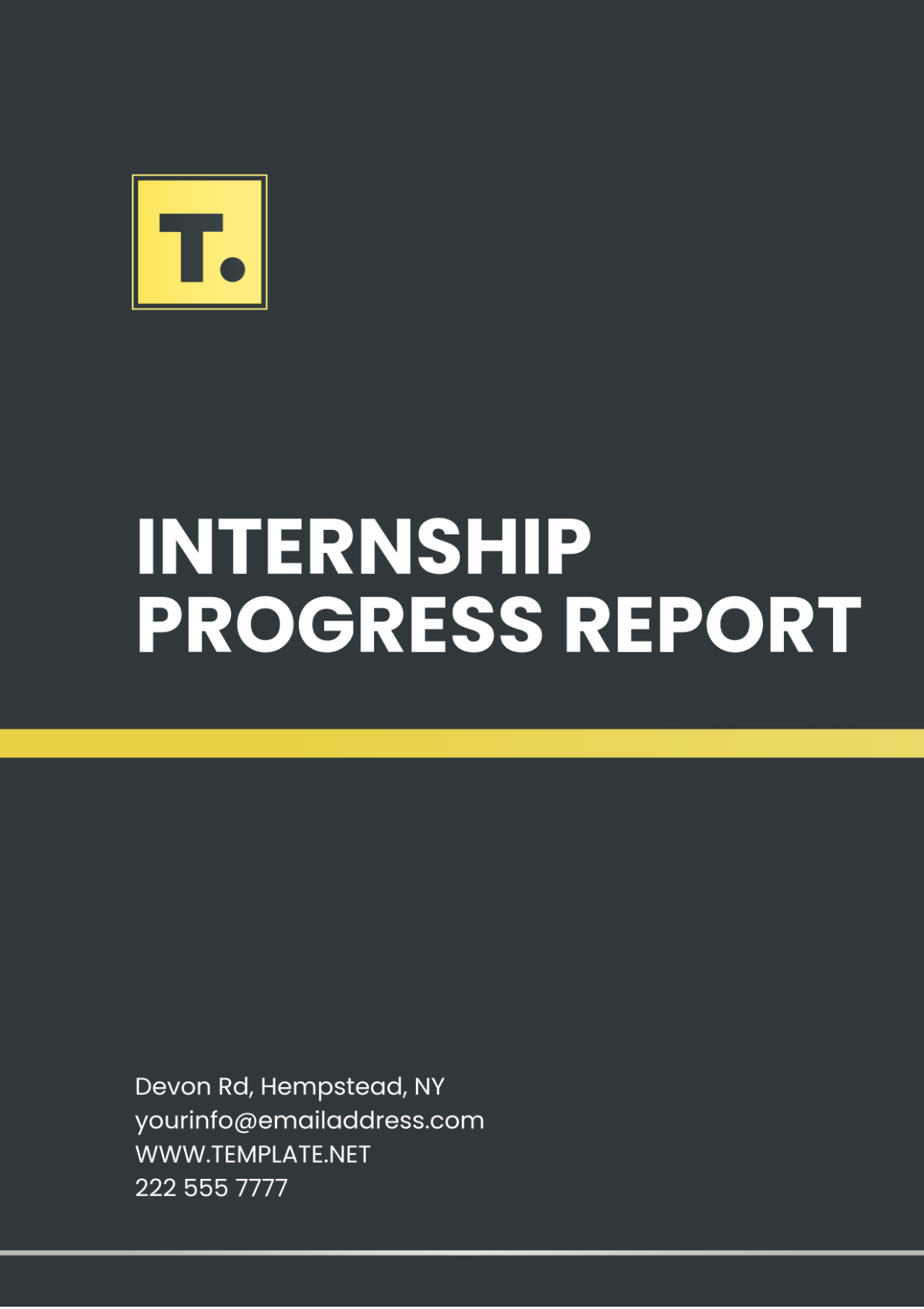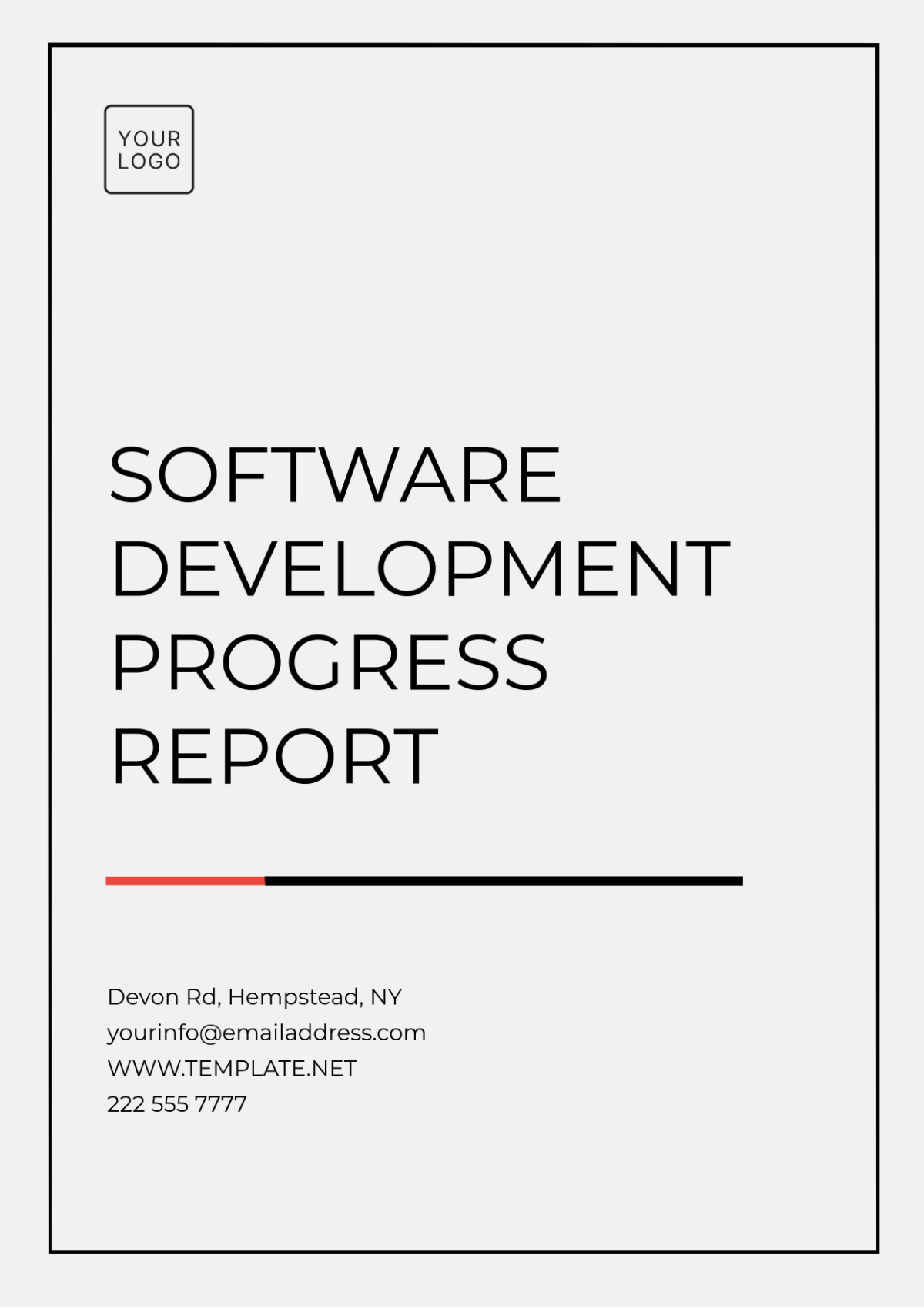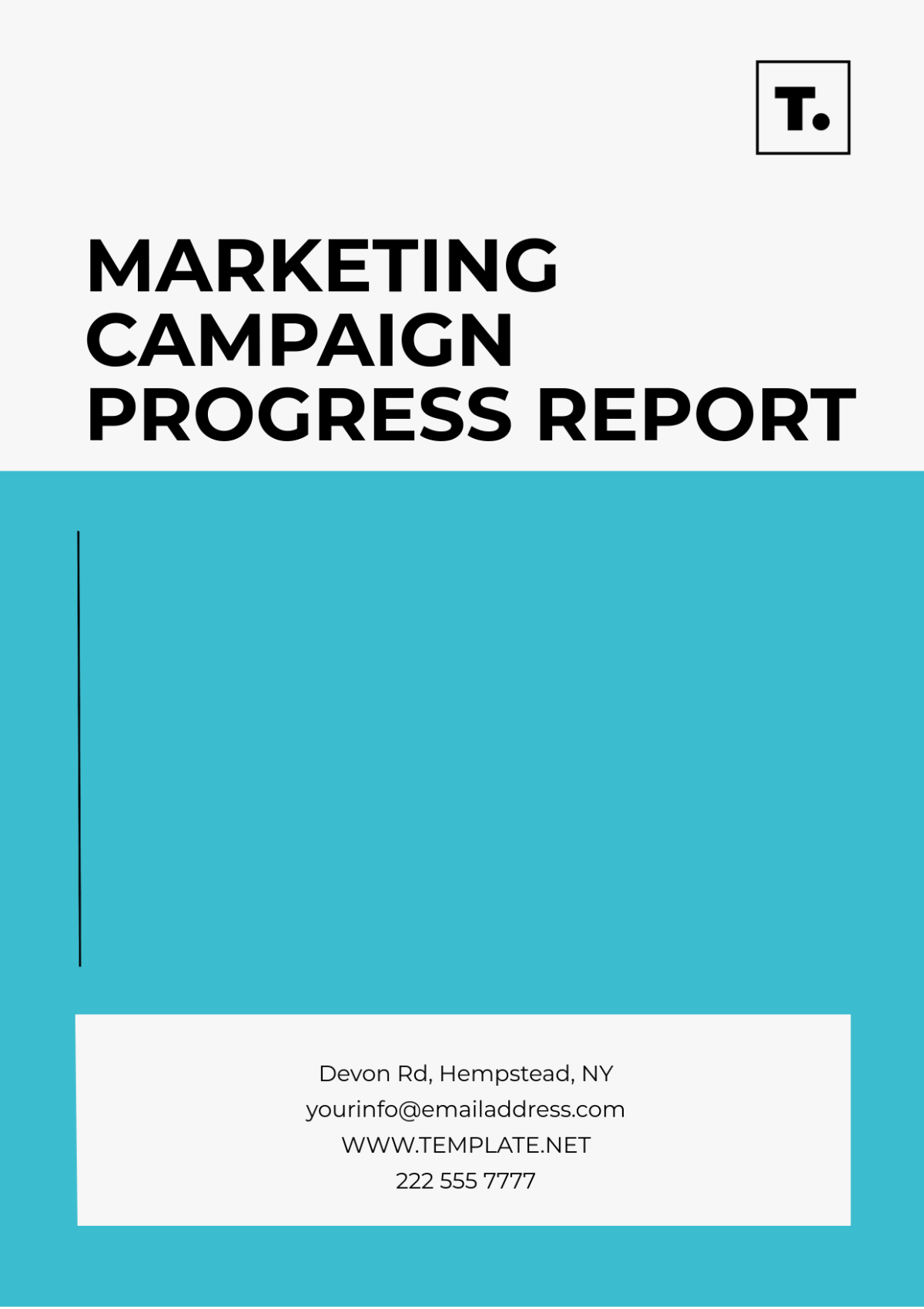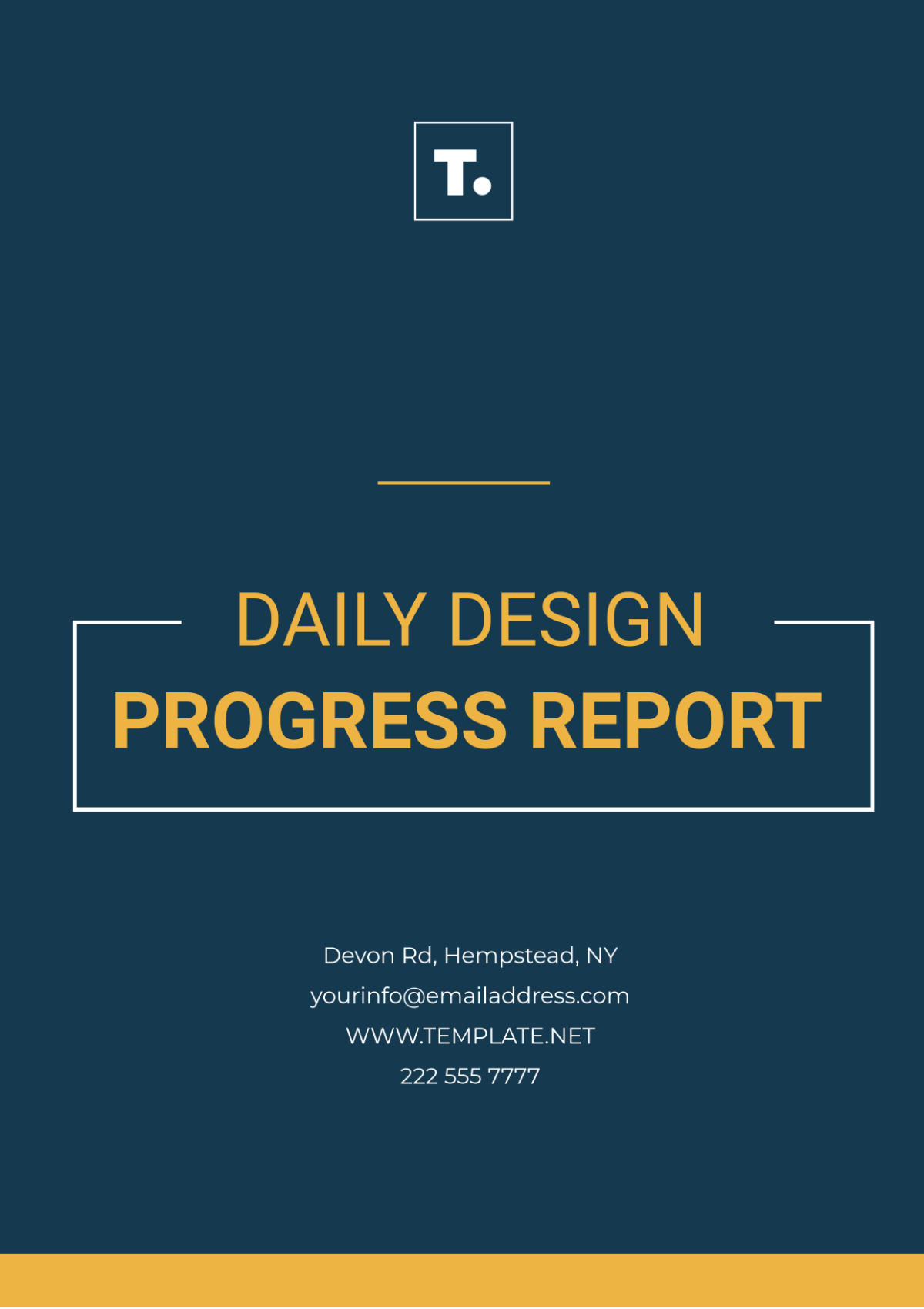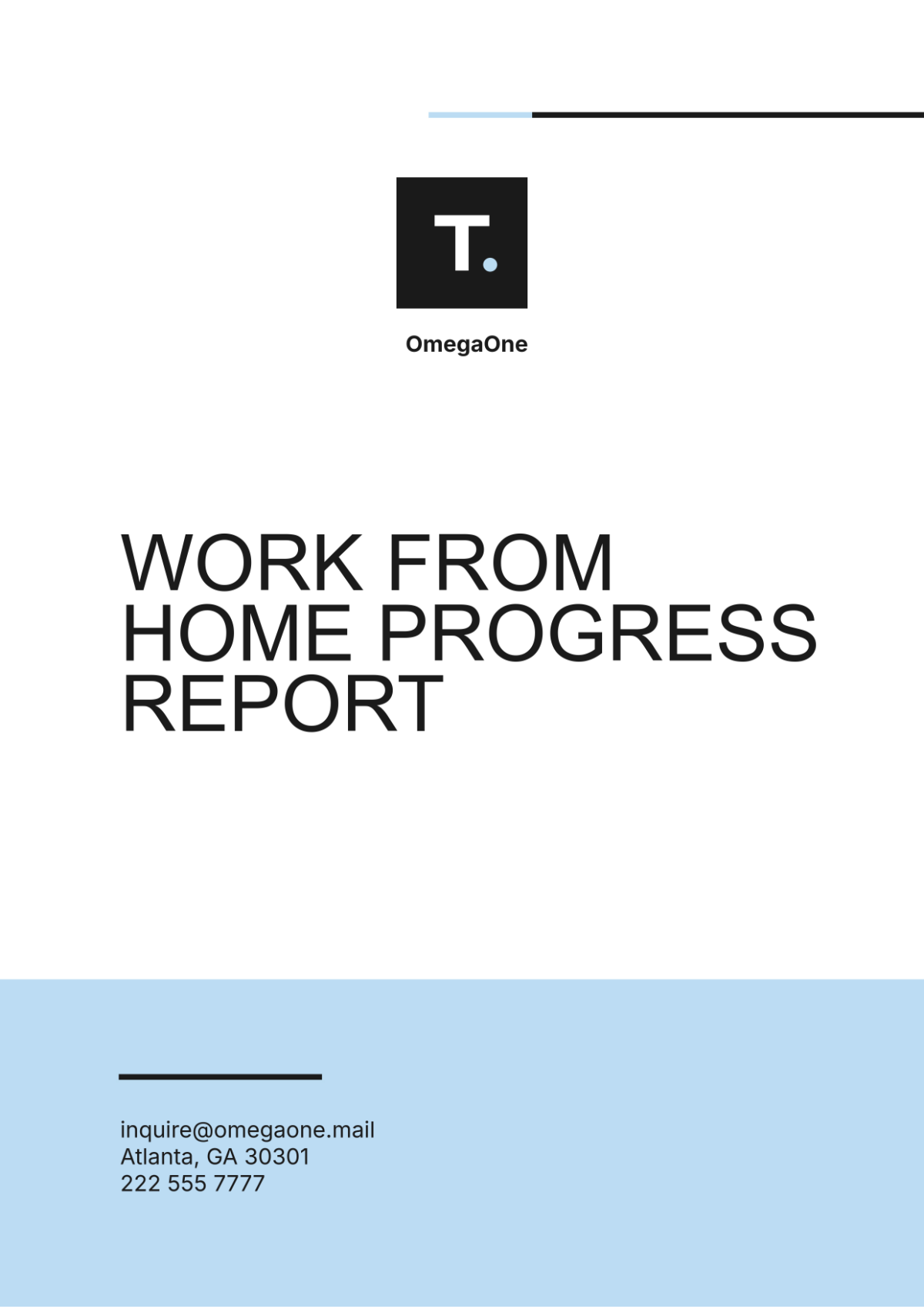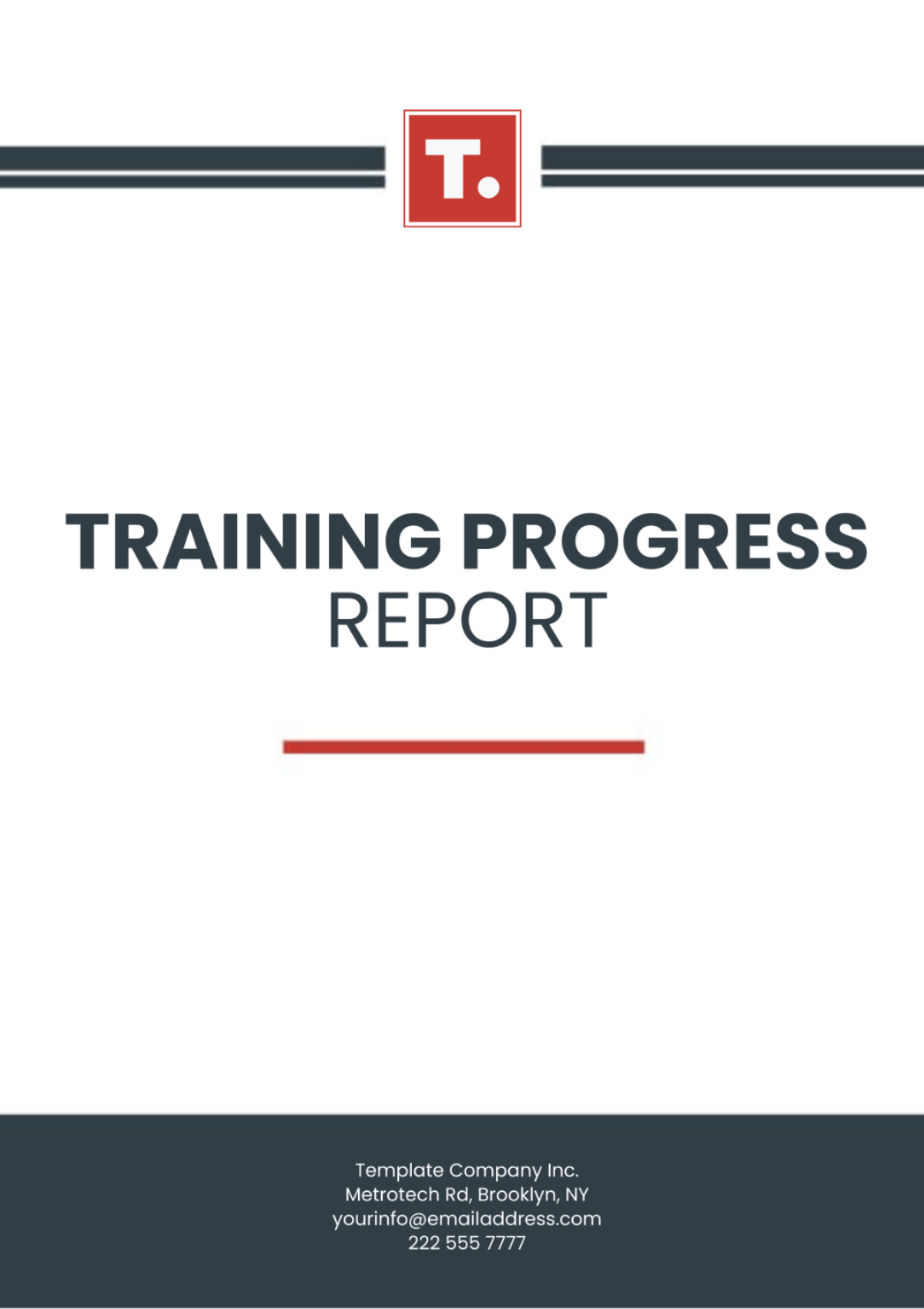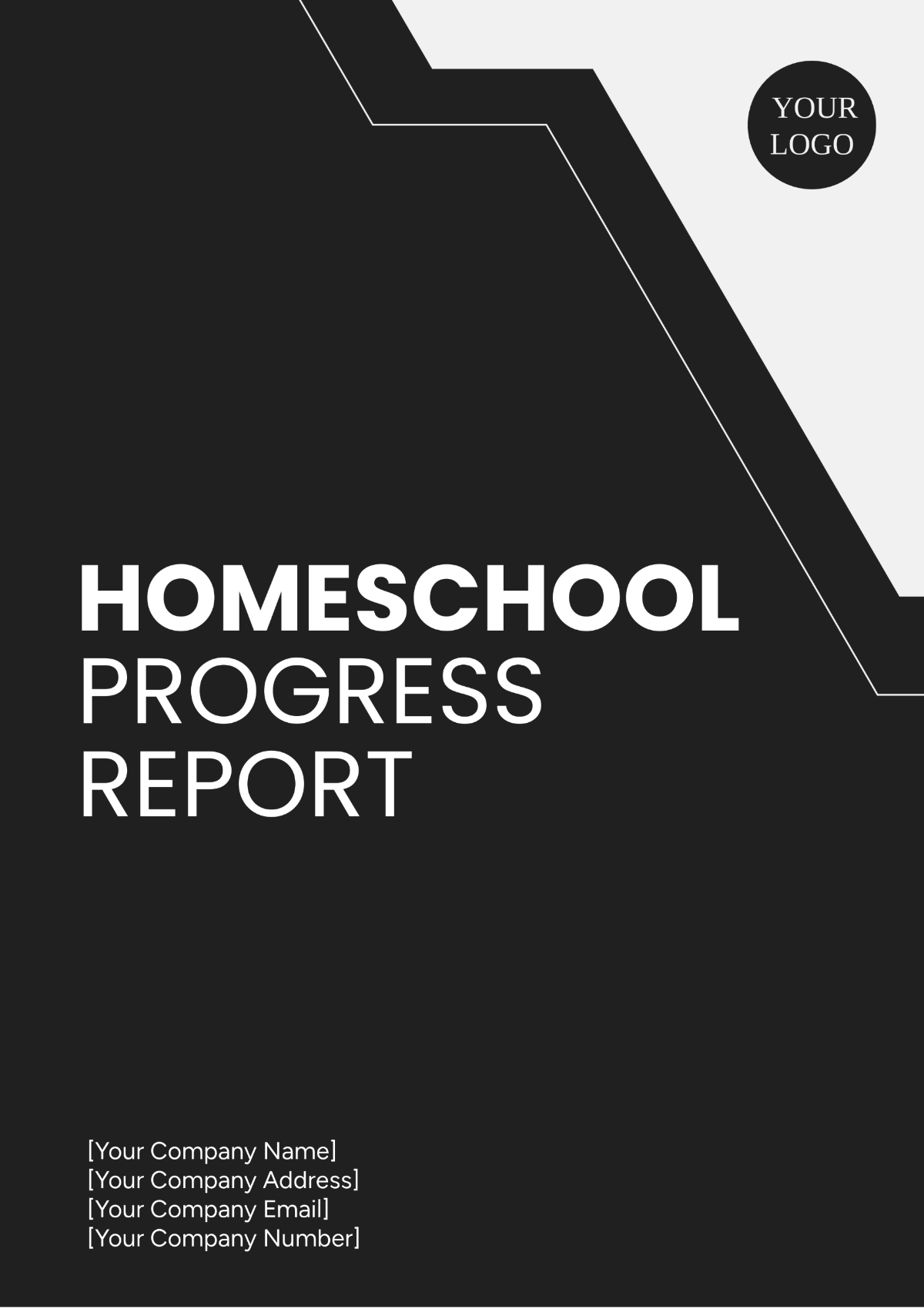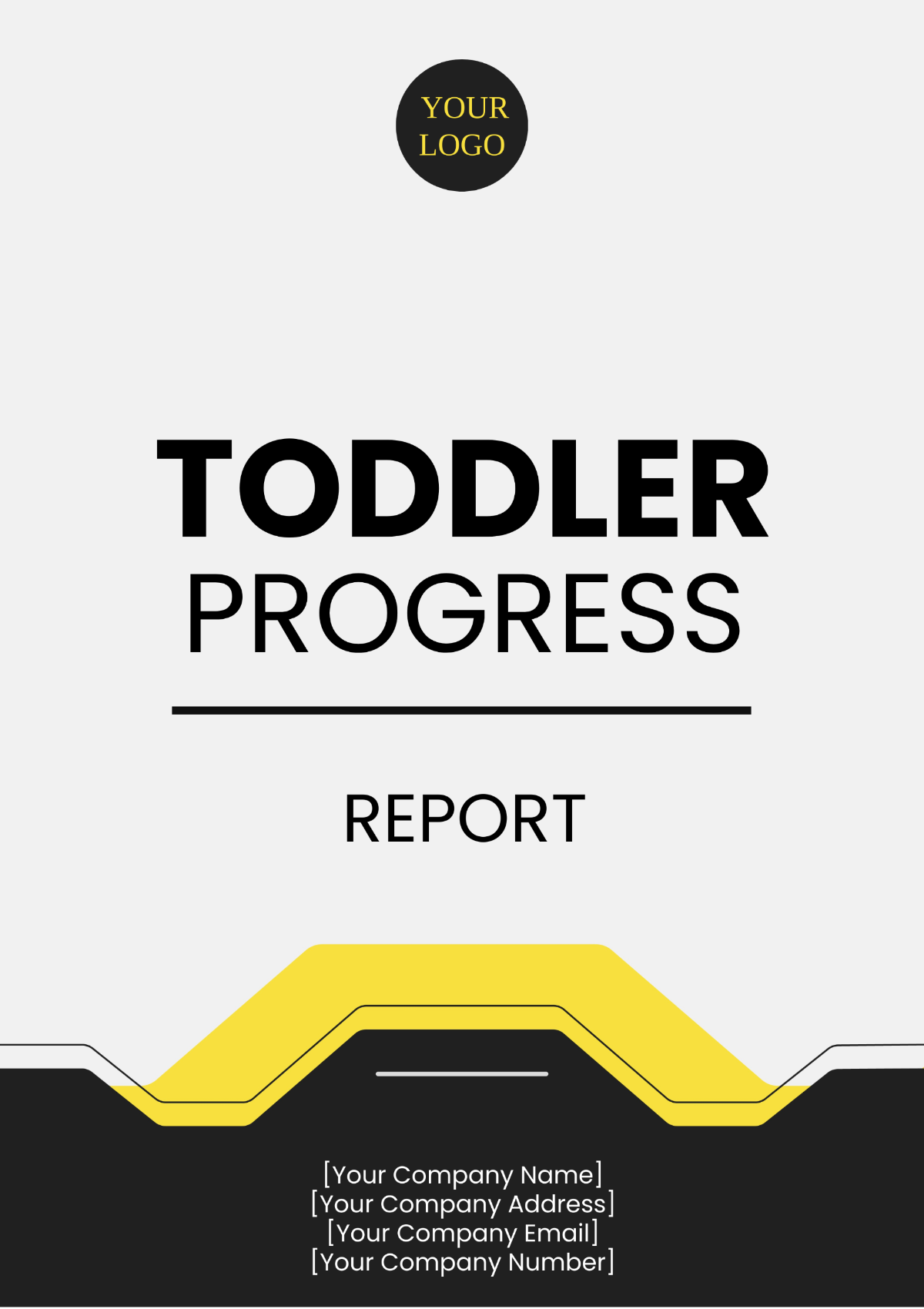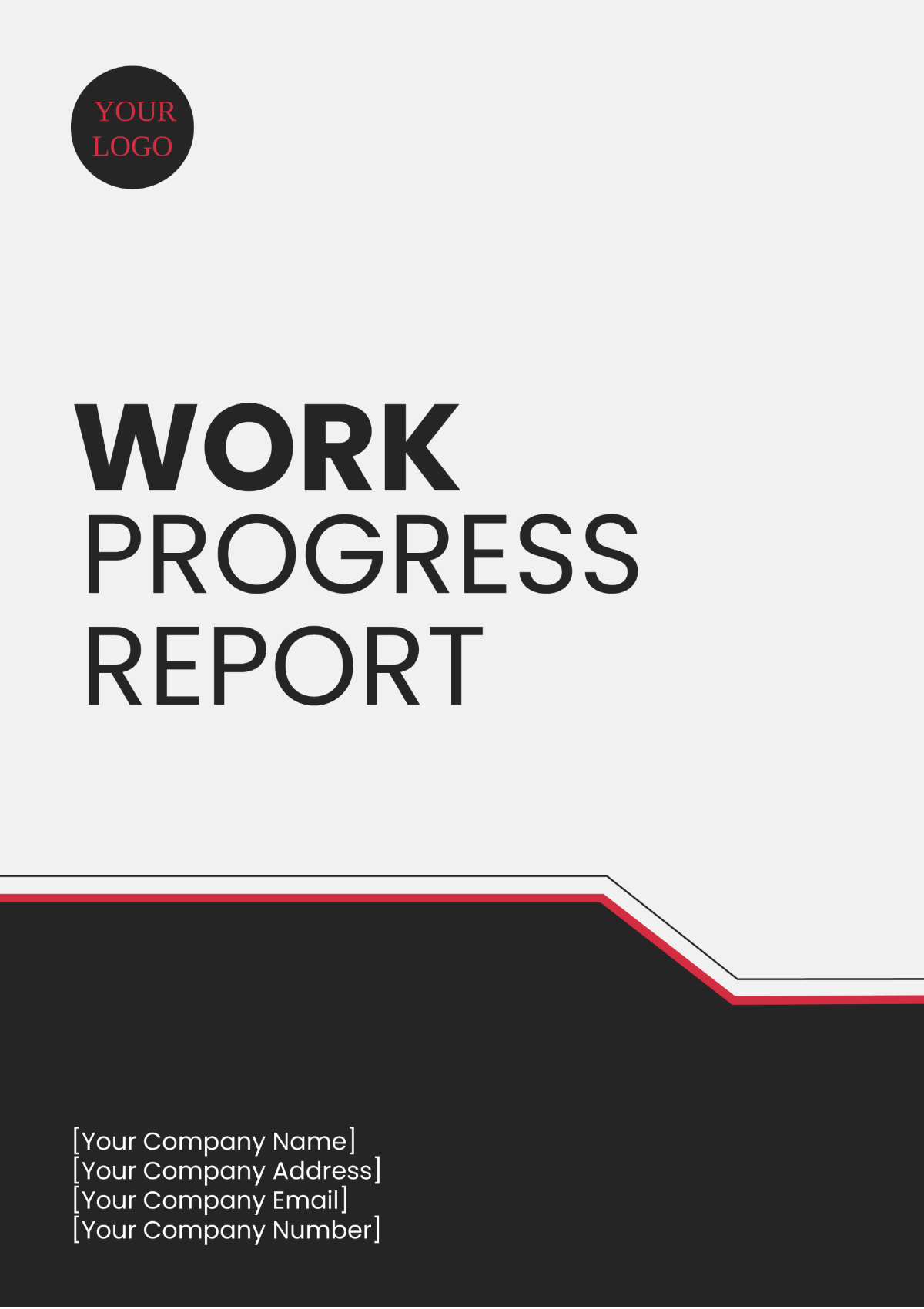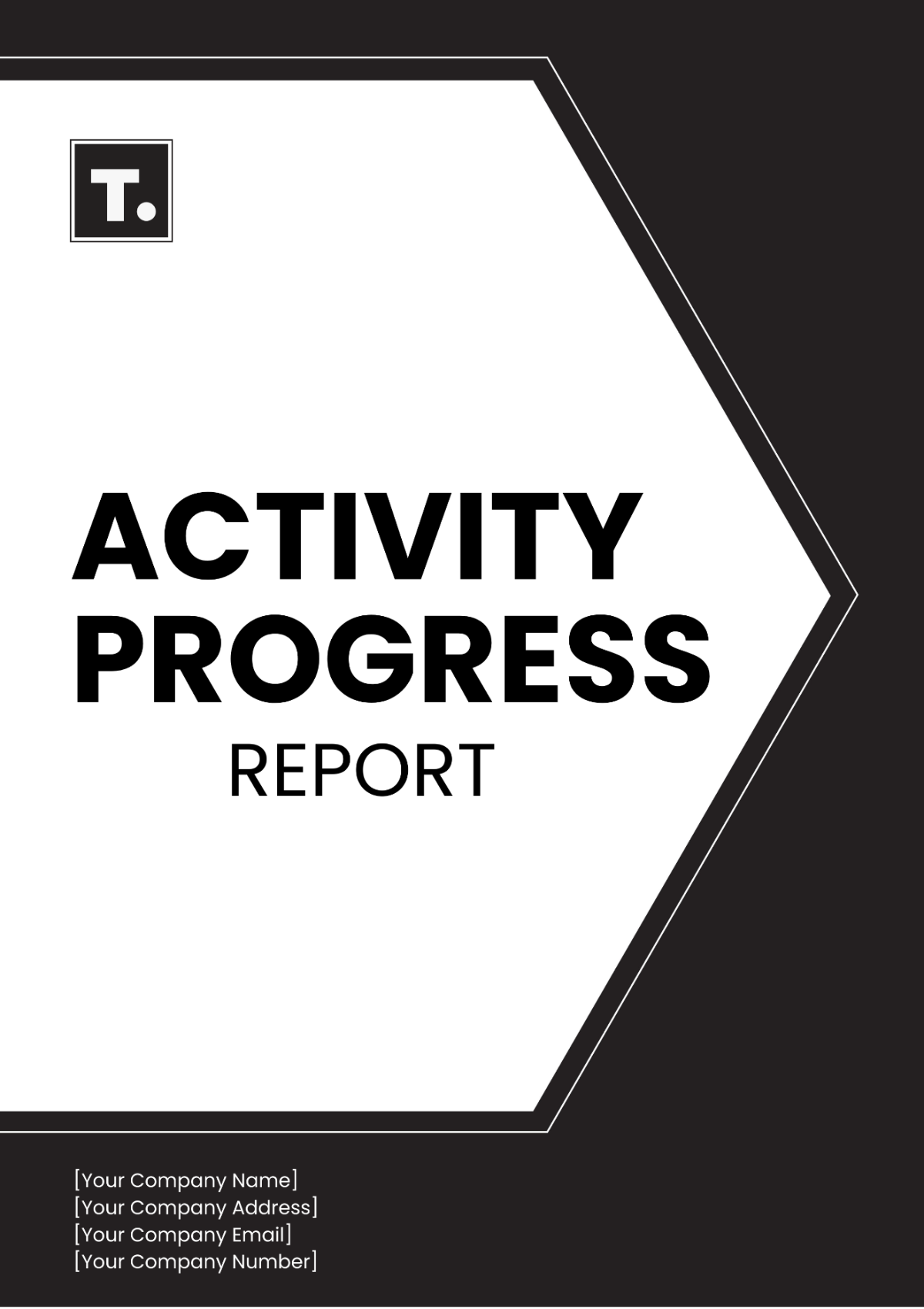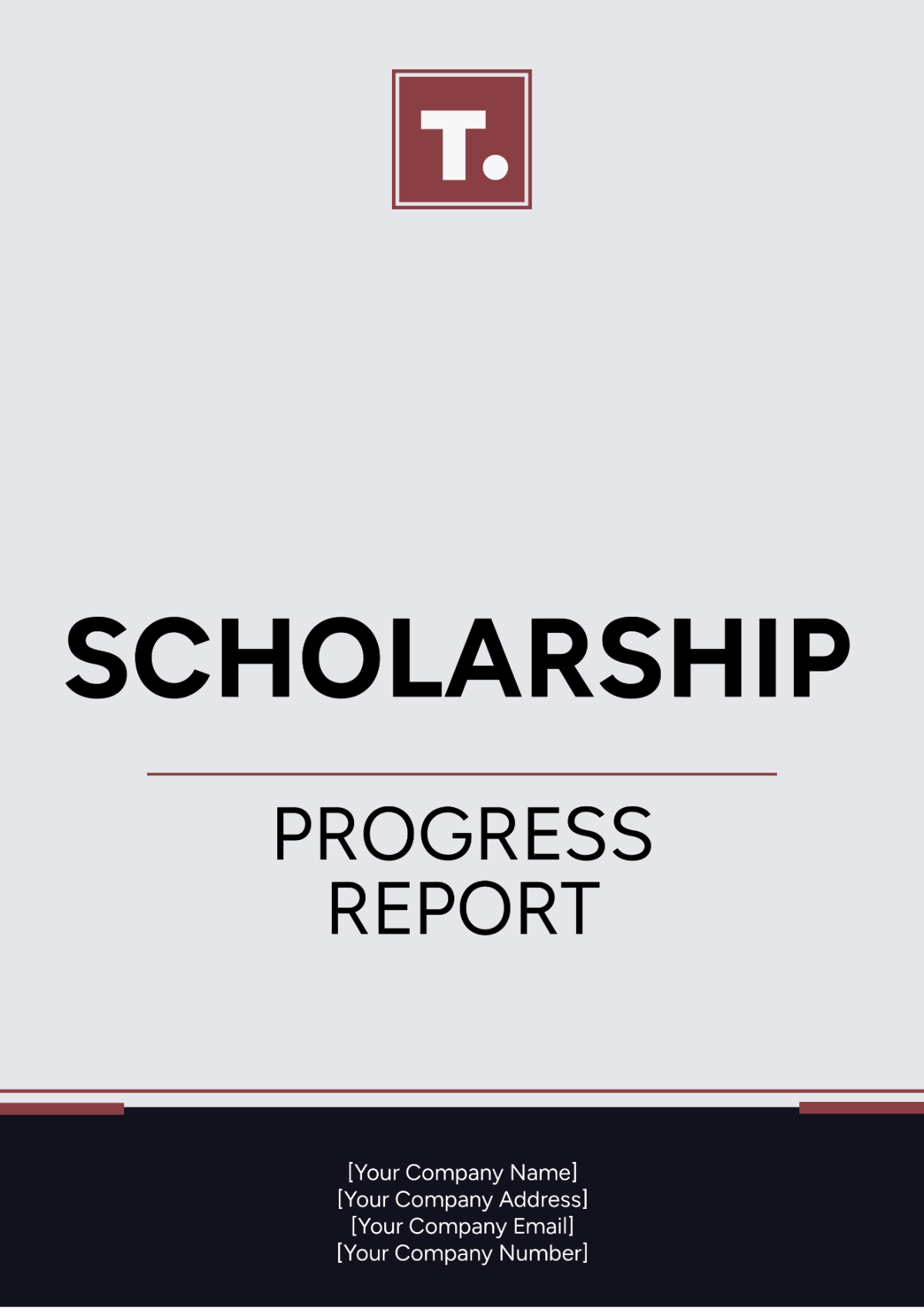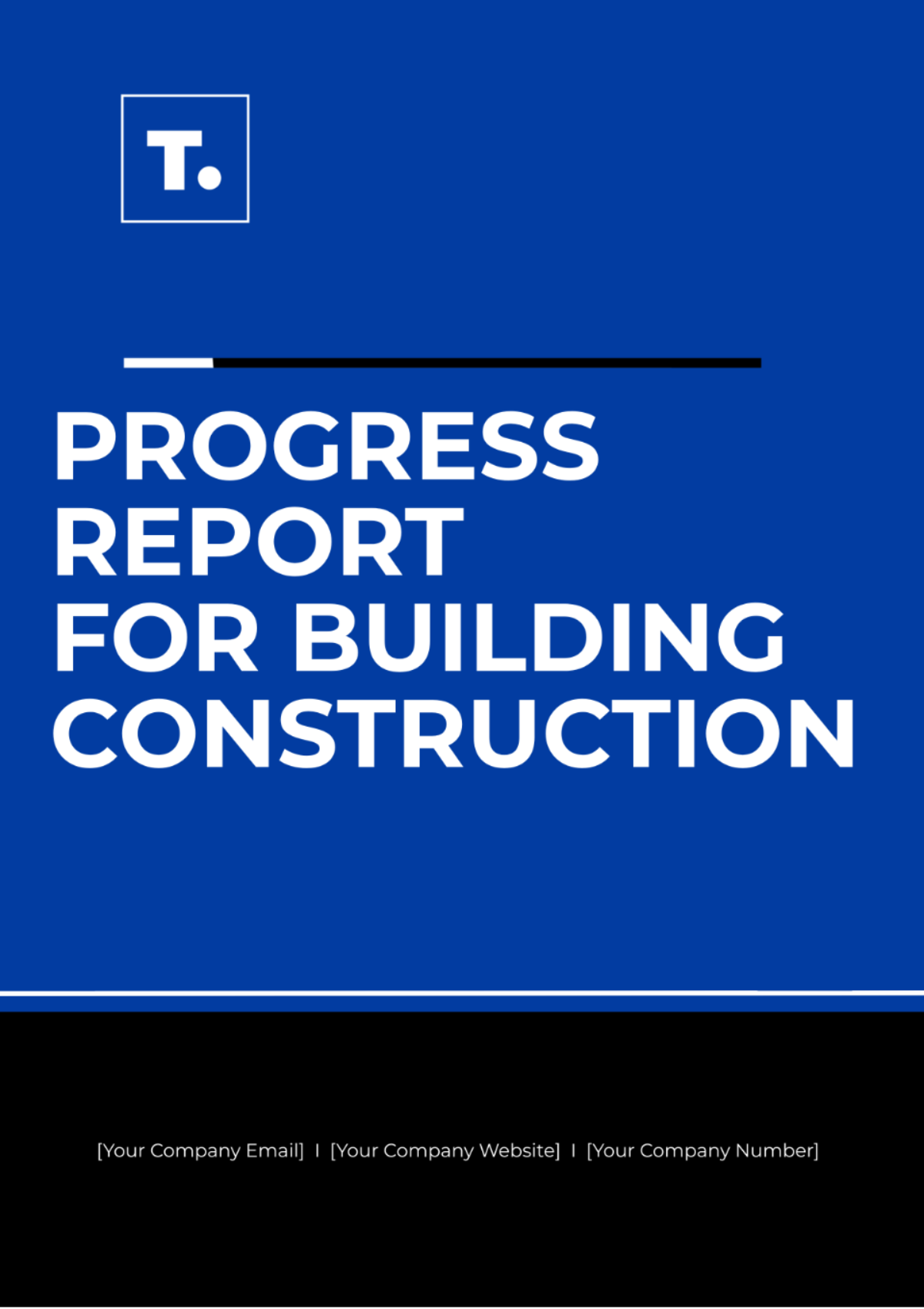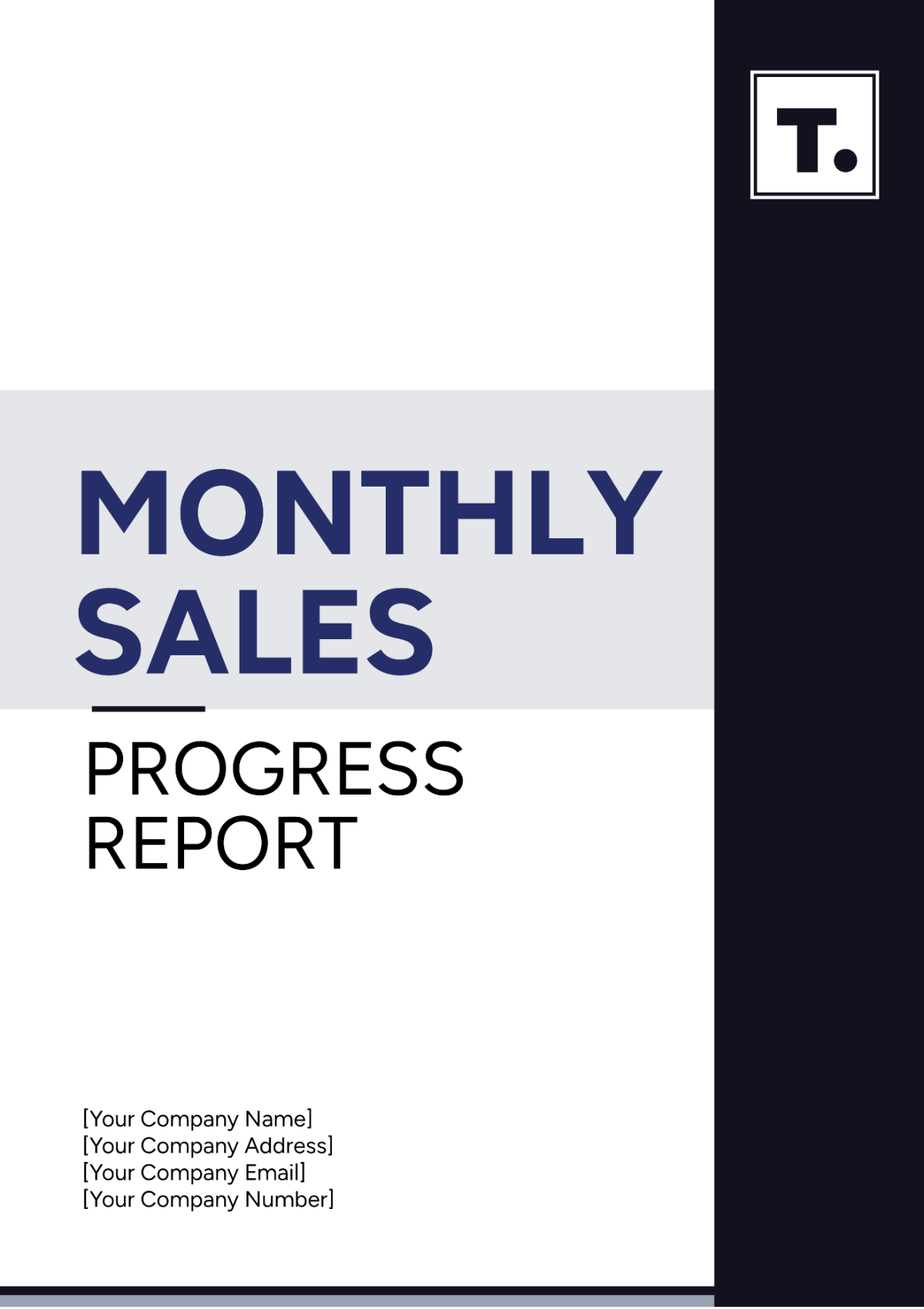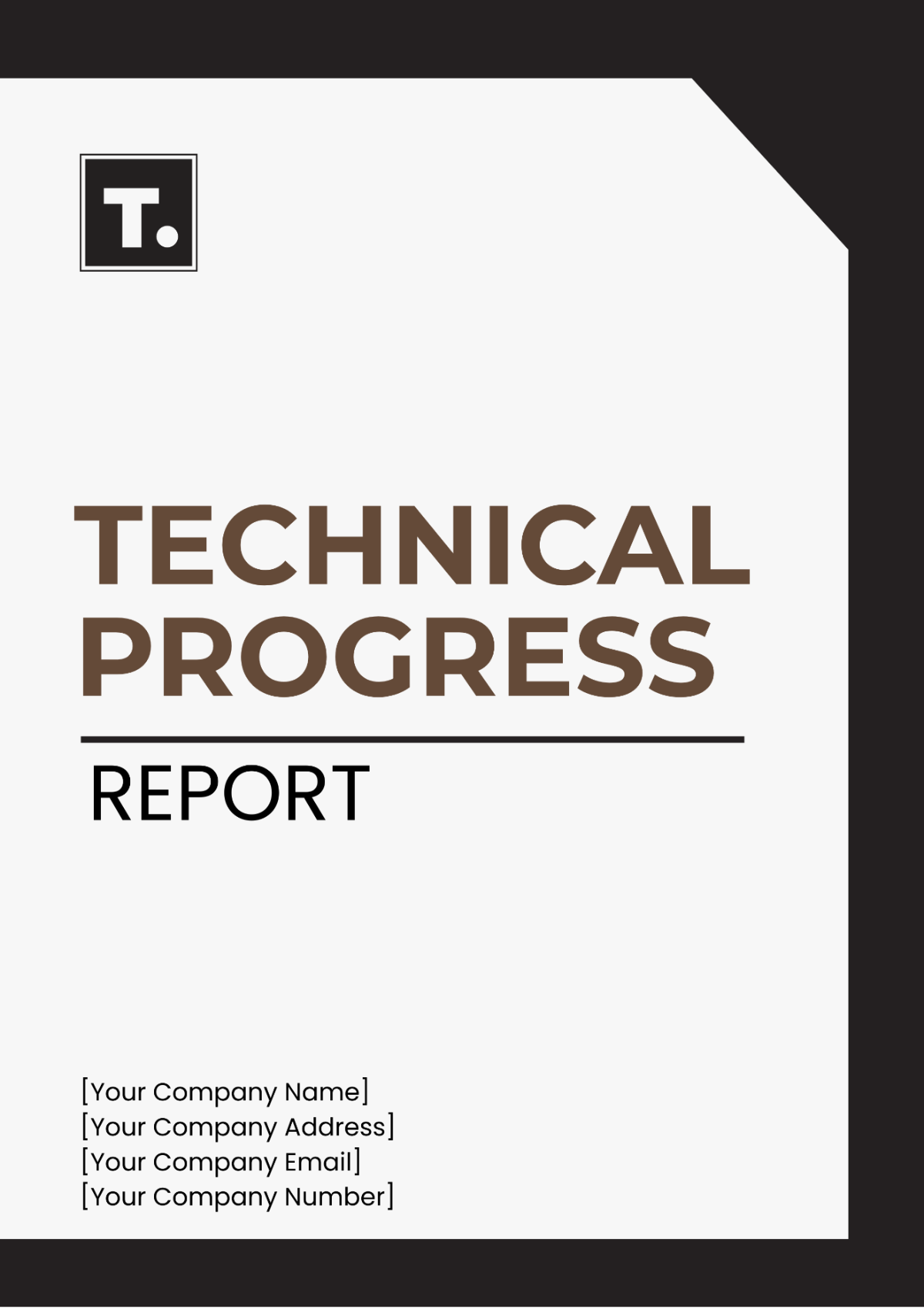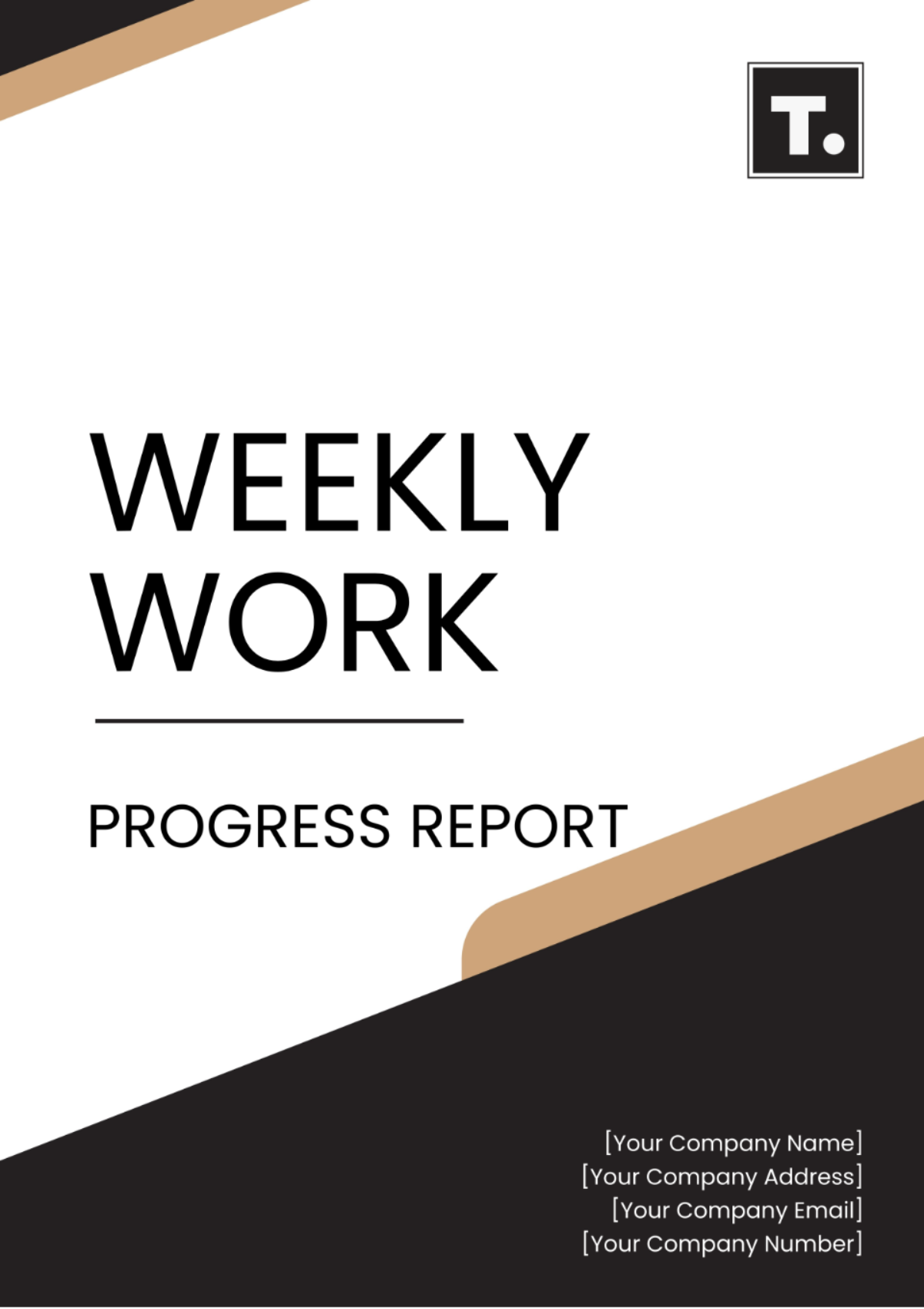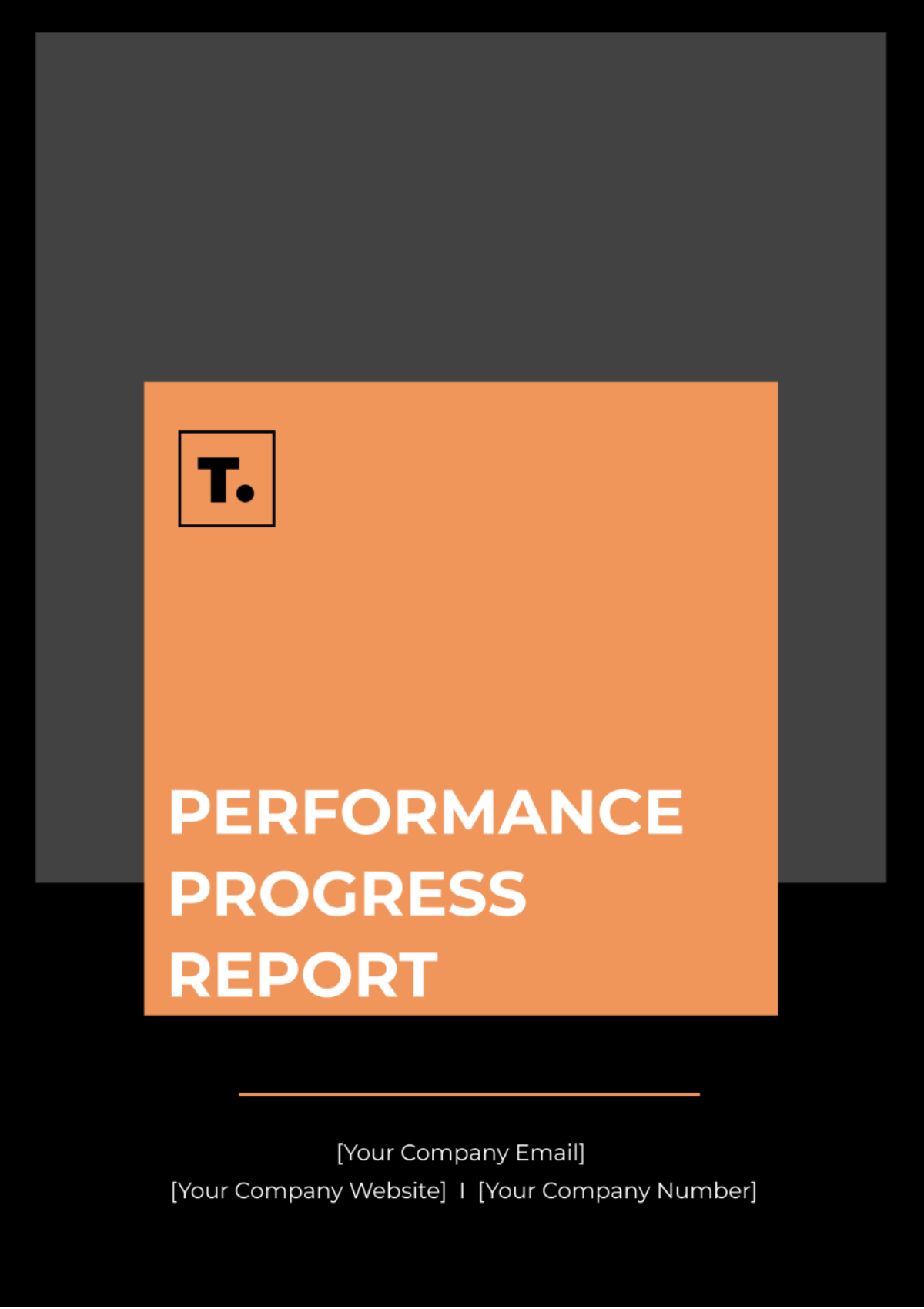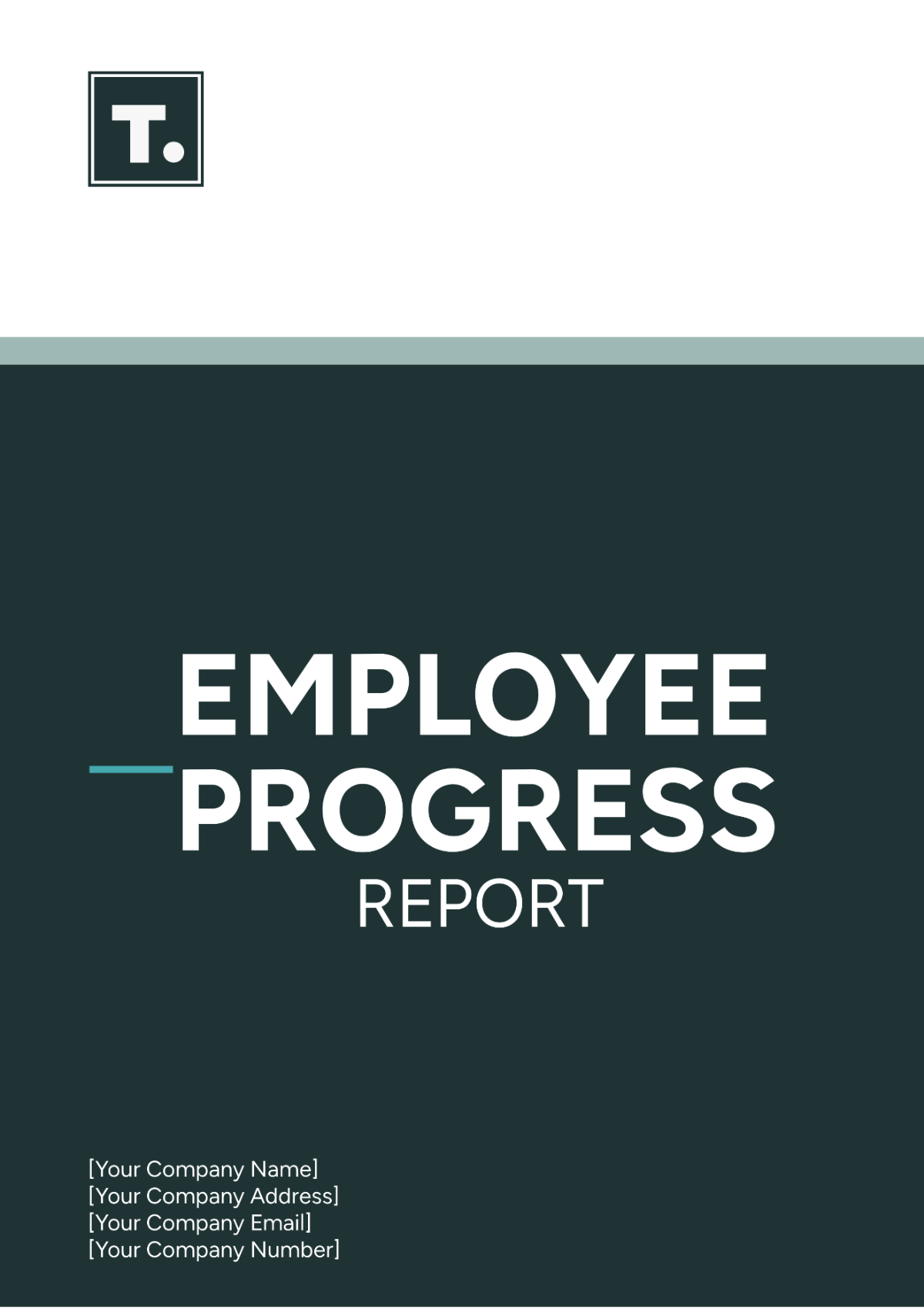Free Intermediate Project Report Template
Intermediate Project Report
I. Executive Summary
This Intermediate Project Report provides a comprehensive update on the progress of the [PROJECT NAME] as of January 15, 2051. [YOUR COMPANY NAME]'s project aims to transition 50% of the city's energy consumption to renewable sources by 2060. This report covers key accomplishments, milestones achieved, challenges encountered, and plans for the upcoming phases.
II. Project Overview
A. Project Description
The [PROJECT NAME] is designed to develop and implement renewable energy infrastructure throughout [CITY NAME]. The project began on January 1, 2050, and is scheduled for completion by December 31, 2060.
B. Project Goals and Objectives
The primary objectives of the project are:
Install 200 solar power stations across the city.
Develop a wind farm capable of producing 500 MW of power.
Implement energy-efficient technologies in all municipal buildings.
III. Progress Summary
A. Work Completed to Date
Phase | Completion Date | Tasks Accomplished |
|---|---|---|
Phase 1 | February 1, 2050 | Site selection for solar power stations, preliminary environmental assessments |
Phase 2 | May 15, 2050 | Secured funding, initiated community outreach programs, finalized designs for solar power stations |
B. Current Status
As of January 15, 2051, the project is 40% complete. The project is currently in Phase 3, which includes:
Installation of the first 50 solar power stations.
Initial construction work on the wind farm.
Implementation of energy-efficient lighting in municipal buildings.
C. Milestones Achieved
Milestone | Description | Date |
|---|---|---|
Milestone 1 | Secured $500 million in funding | March 1, 2050 |
Milestone 2 | Completed design and site selection for 200 solar power stations | June 30, 2050 |
IV. Issues and Challenges
A. Identified Issues
Issue | Description | Impact | Resolution |
|---|---|---|---|
Issue 1 | Delay in permitting for solar power stations | Potential 3-month delay in installation schedule | Working with local authorities to expedite the process |
Issue 2 | Supply chain disruptions for wind turbine components | Increased costs and potential delays | Identifying alternative suppliers and negotiating new contracts |
B. Risk Management
Risk | Description | Mitigation Plan |
|---|---|---|
Risk 1 | Public opposition to wind farm locations | Conducting additional community outreach and engagement |
Risk 2 | Technological failures in new energy-efficient systems | Extensive testing and contingency planning |
V. Upcoming Plans
A. Next Steps
Task | Description | Expected Completion Date |
|---|---|---|
Task 1 | Complete installation of the first 50 solar power stations | March 1, 2051 |
Task 2 | Begin full-scale construction of the wind farm | June 1, 2051 |
Task 3 | Retrofit 25% of municipal buildings with energy-efficient technologies | September 1, 2051 |
B. Upcoming Milestones
Milestone | Description | Expected Date |
|---|---|---|
Milestone 3 | First 50 solar power stations operational | March 15, 2051 |
Milestone 4 | Completion of initial wind farm construction phase | July 1, 2051 |
VI. Resource Management
A. Current Resource Utilization
Resource Type | Details |
|---|---|
Personnel | 150 team members, including engineers, project managers, and support staff |
Budget | $200 million spent out of the $500 million allocated |
Equipment | Solar panels, wind turbines, energy-efficient lighting systems |
B. Future Resource Needs
Resource Type | Description |
|---|---|
Additional Personnel | 20 more engineers for the wind farm construction |
Additional Budget | $50 million to cover increased costs due to supply chain disruptions |
Additional Equipment | Additional solar panels and backup components for wind turbines |
VII. Conclusion
The [PROJECT NAME] is progressing as planned, with significant milestones achieved and key tasks completed. Despite encountering some challenges, [YOUR COMPANY NAME] managed to keep the project on track for its scheduled completion date. The upcoming phases will focus on expanding solar power installations, advancing wind farm construction, and implementing energy-efficient technologies in municipal buildings. [YOUR COMPANY NAME] will continue to monitor the progress closely and provide regular updates.
